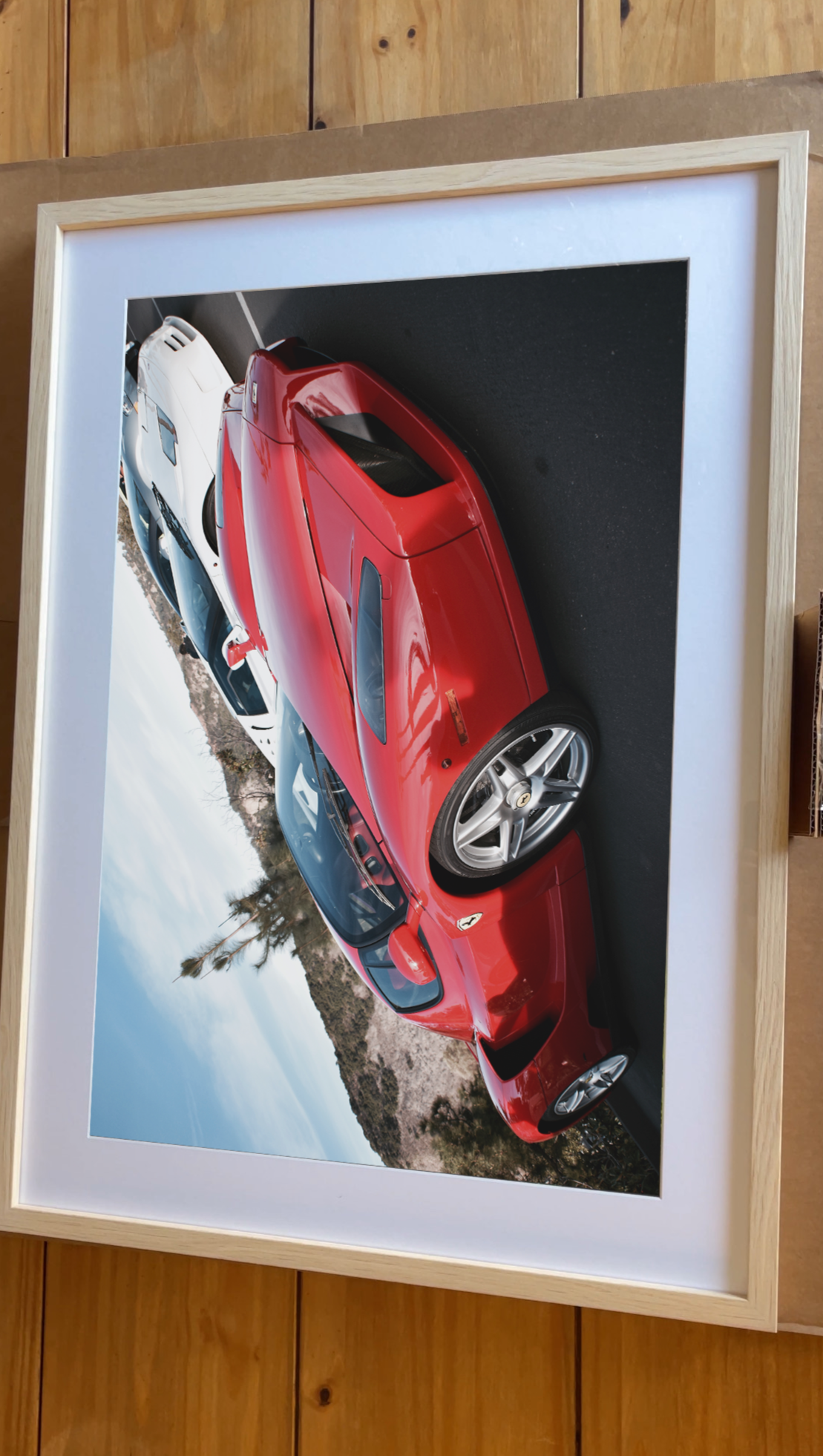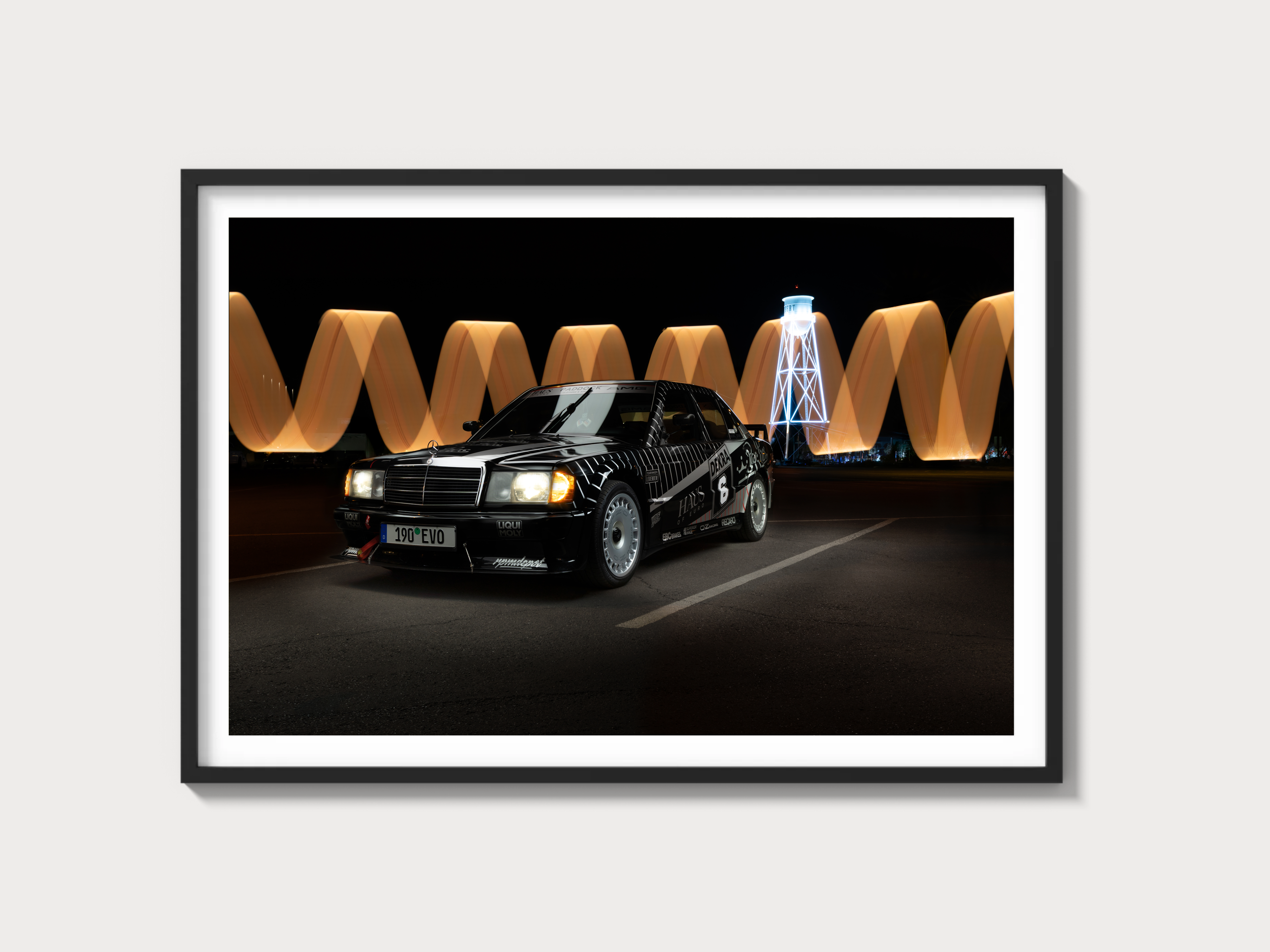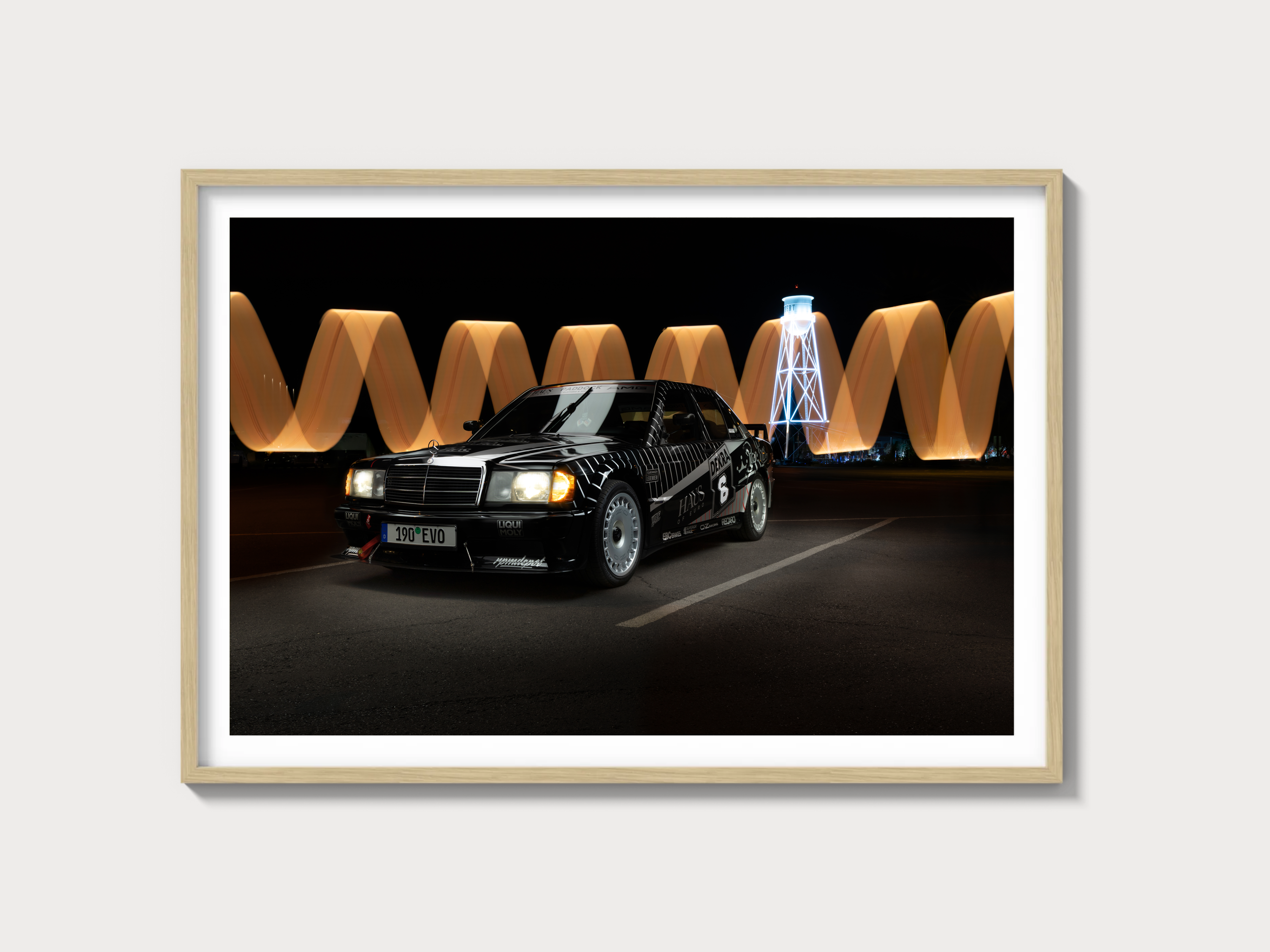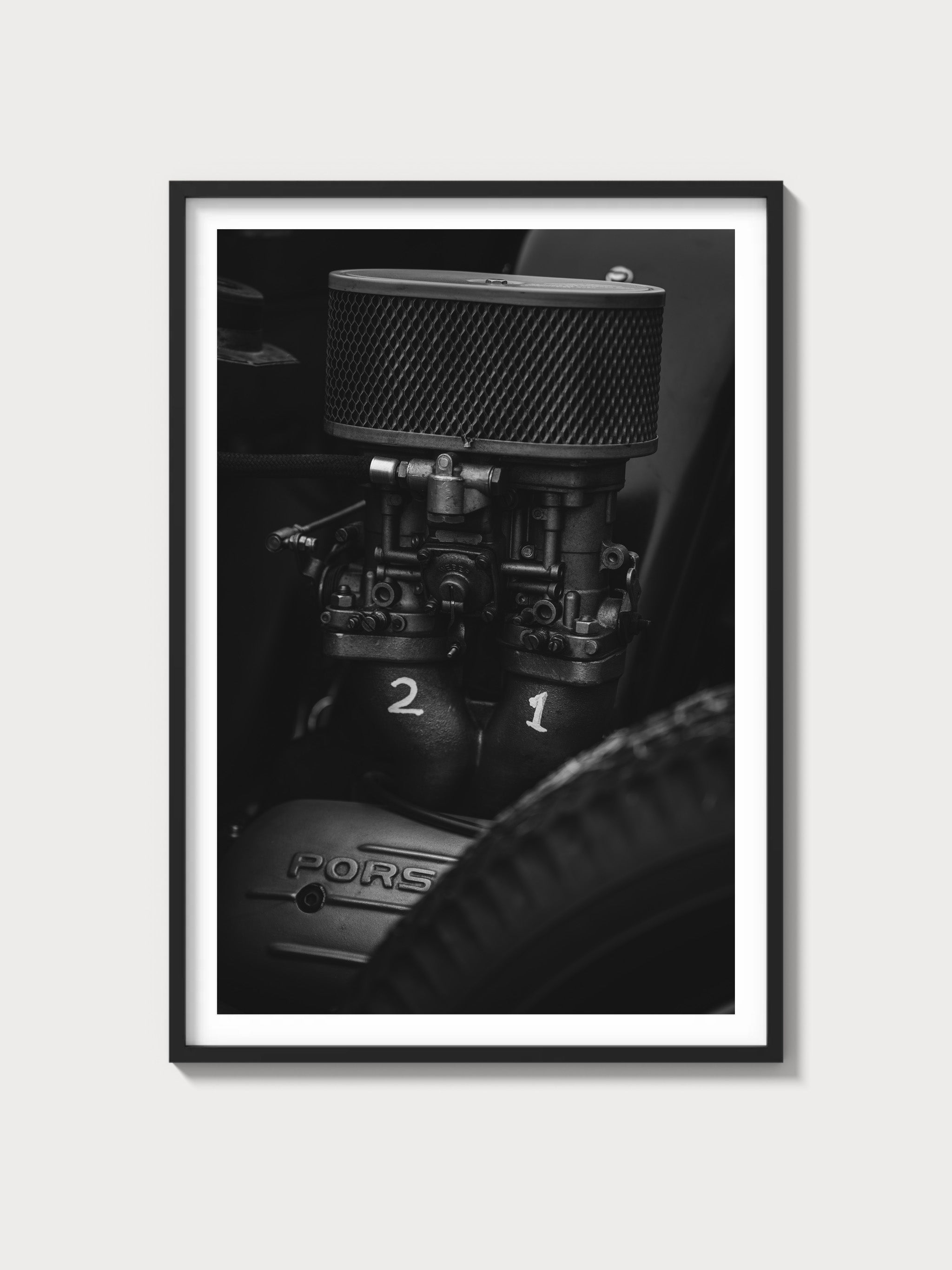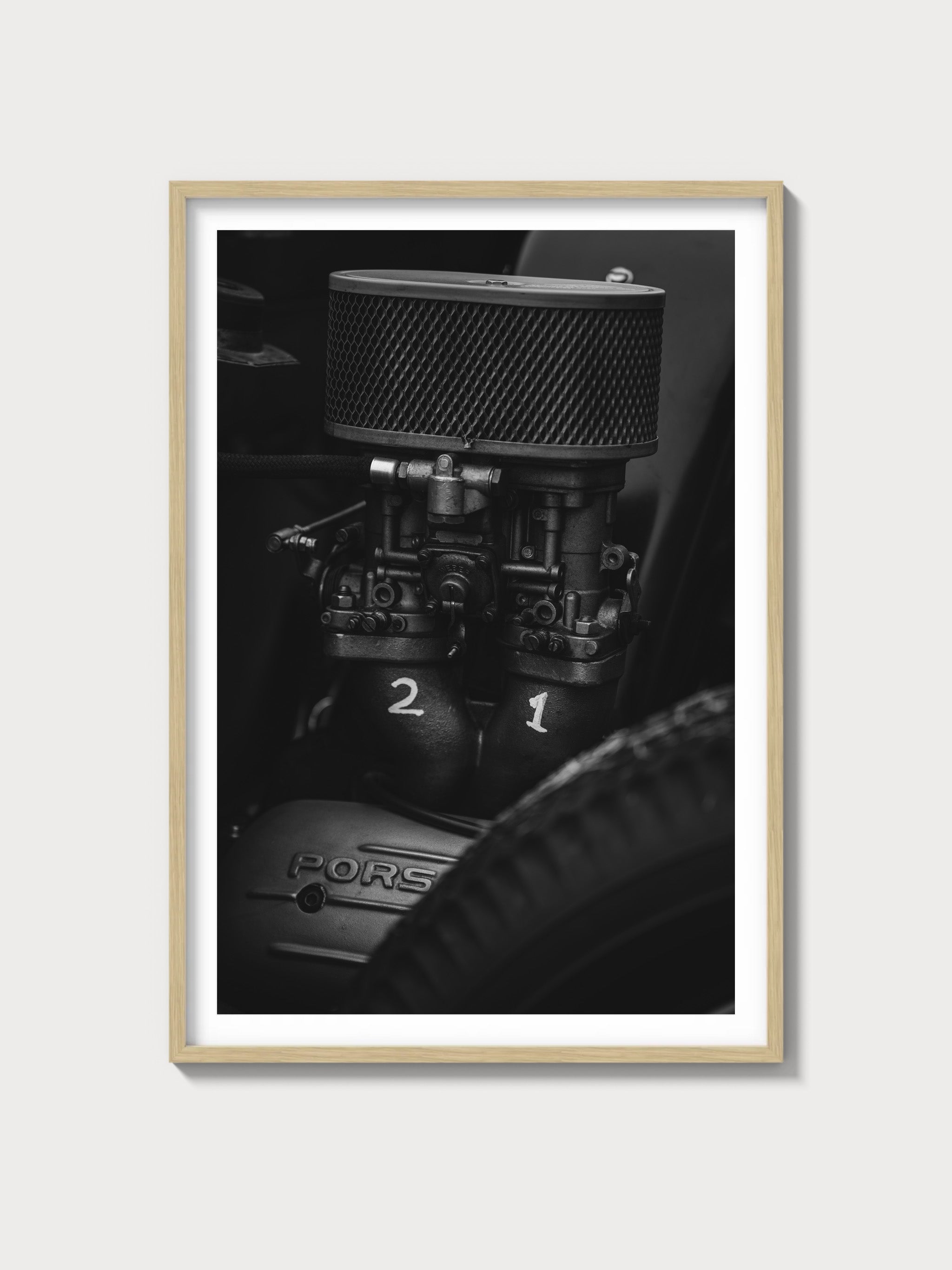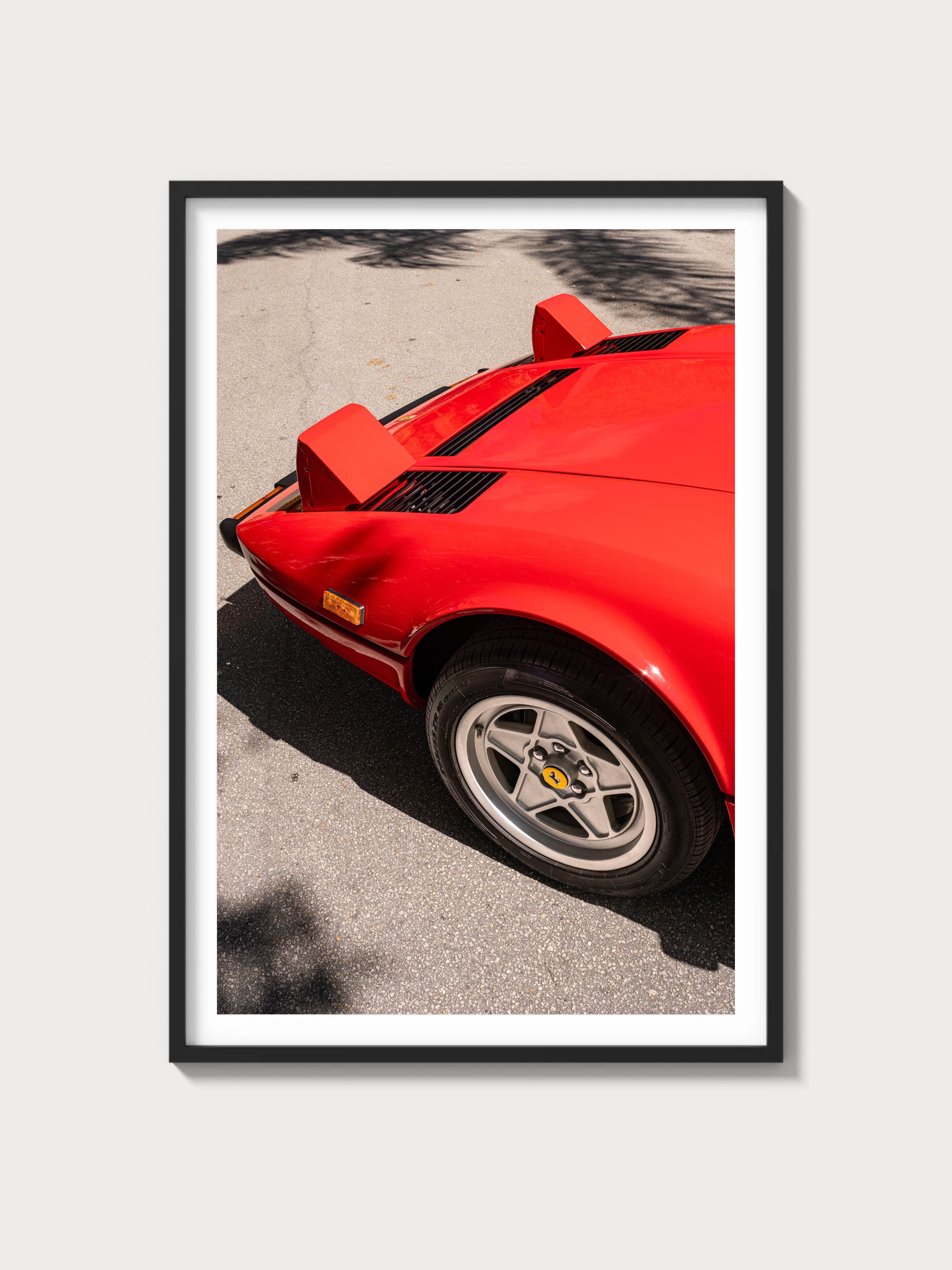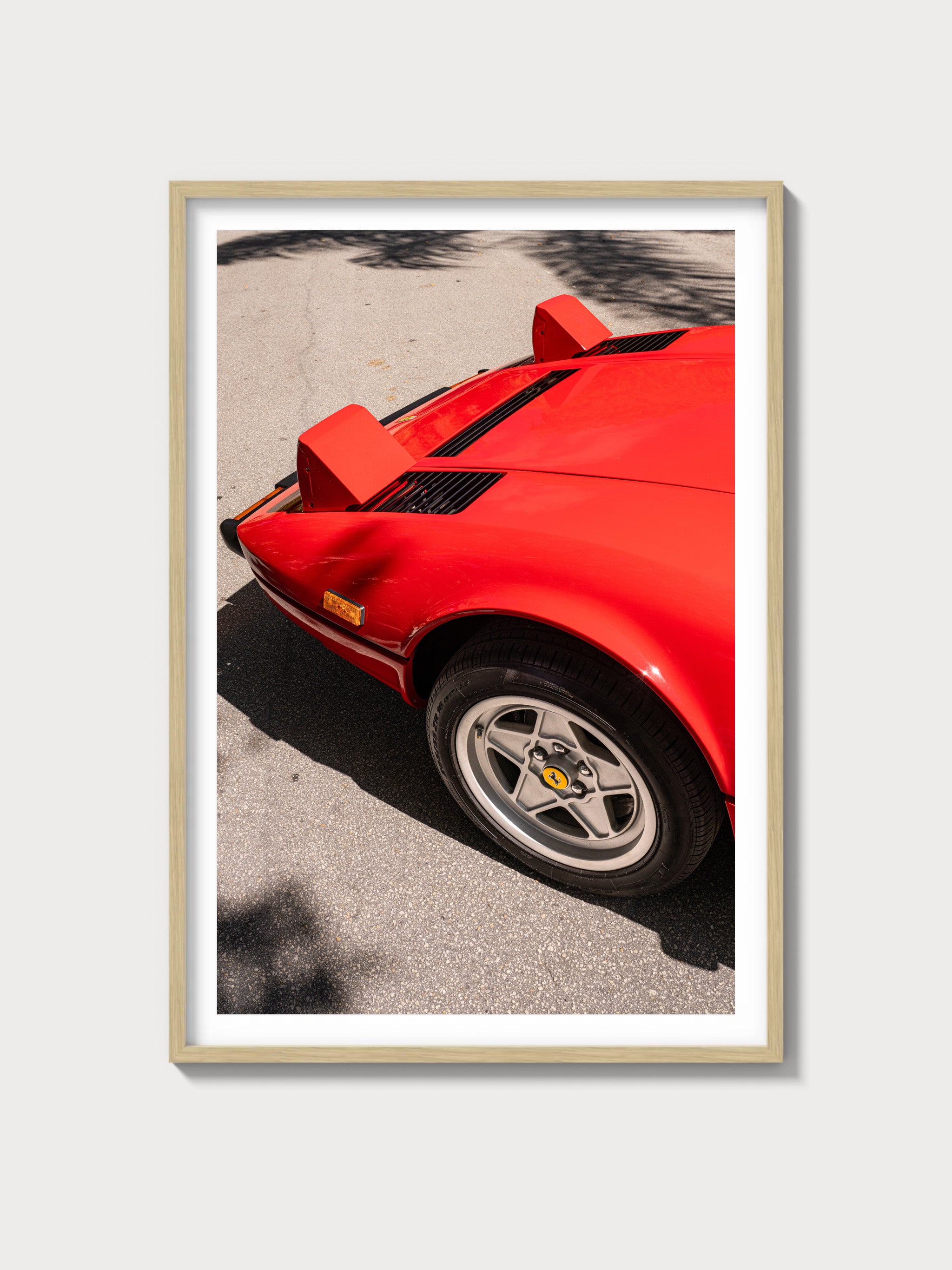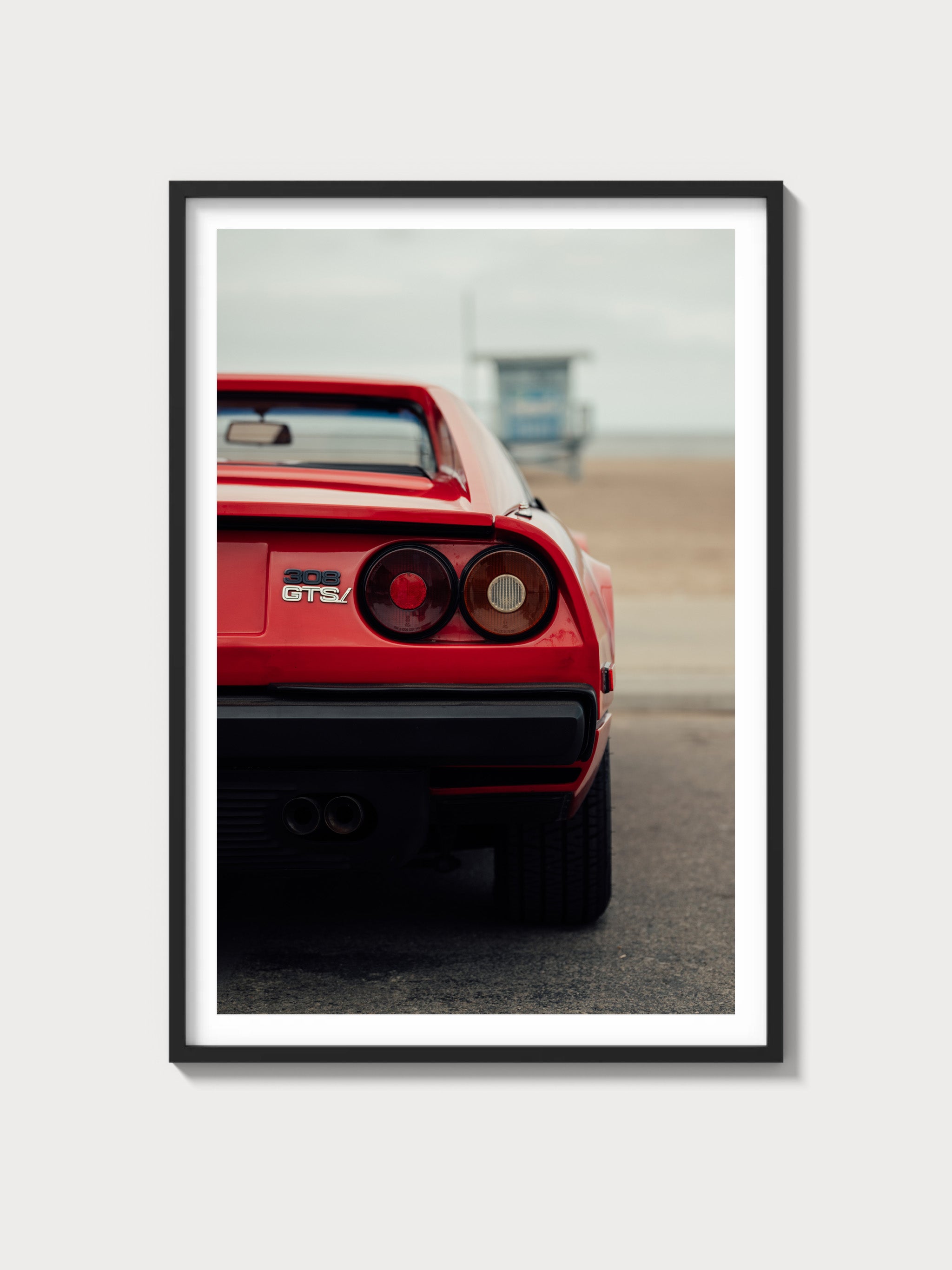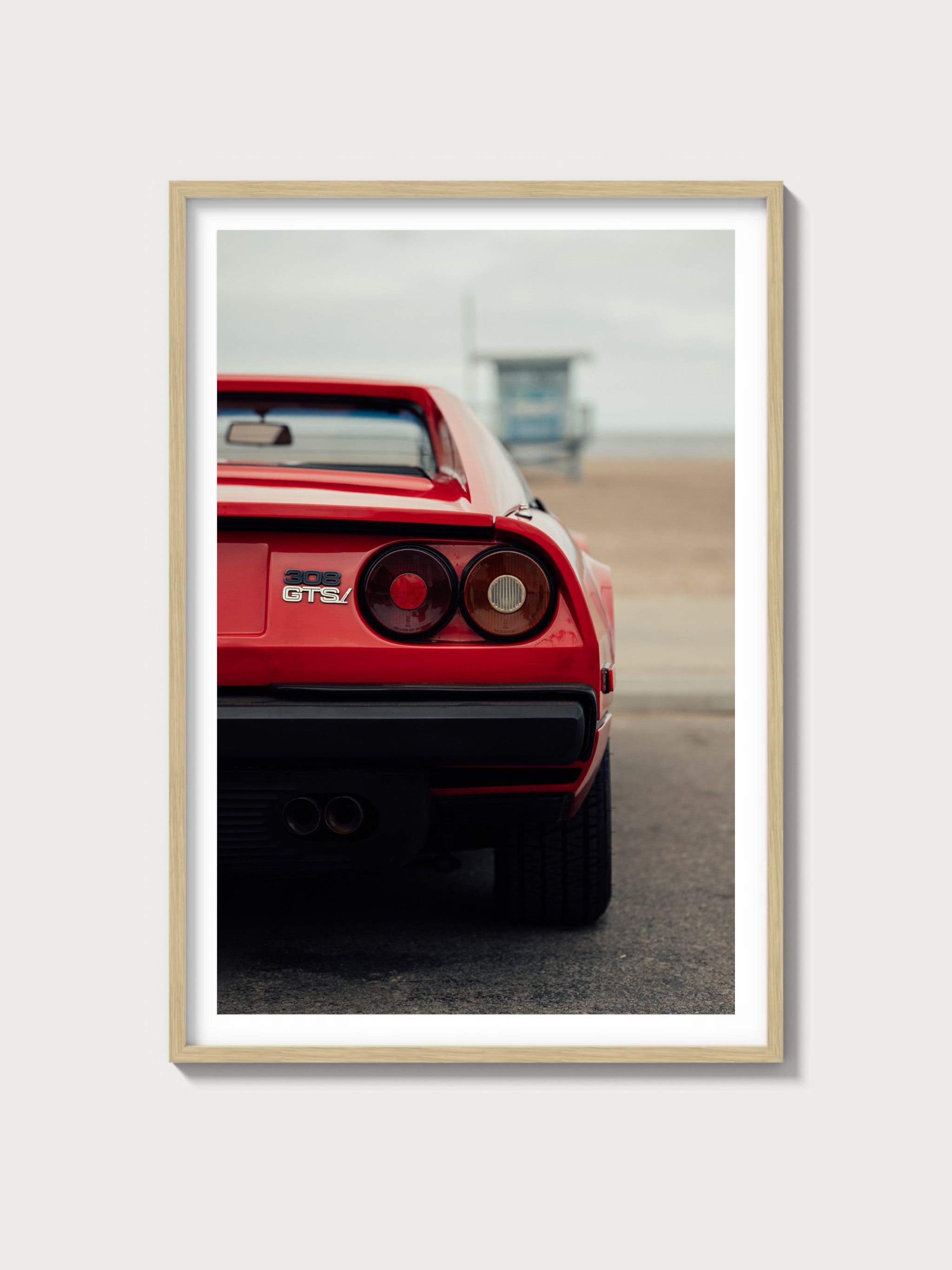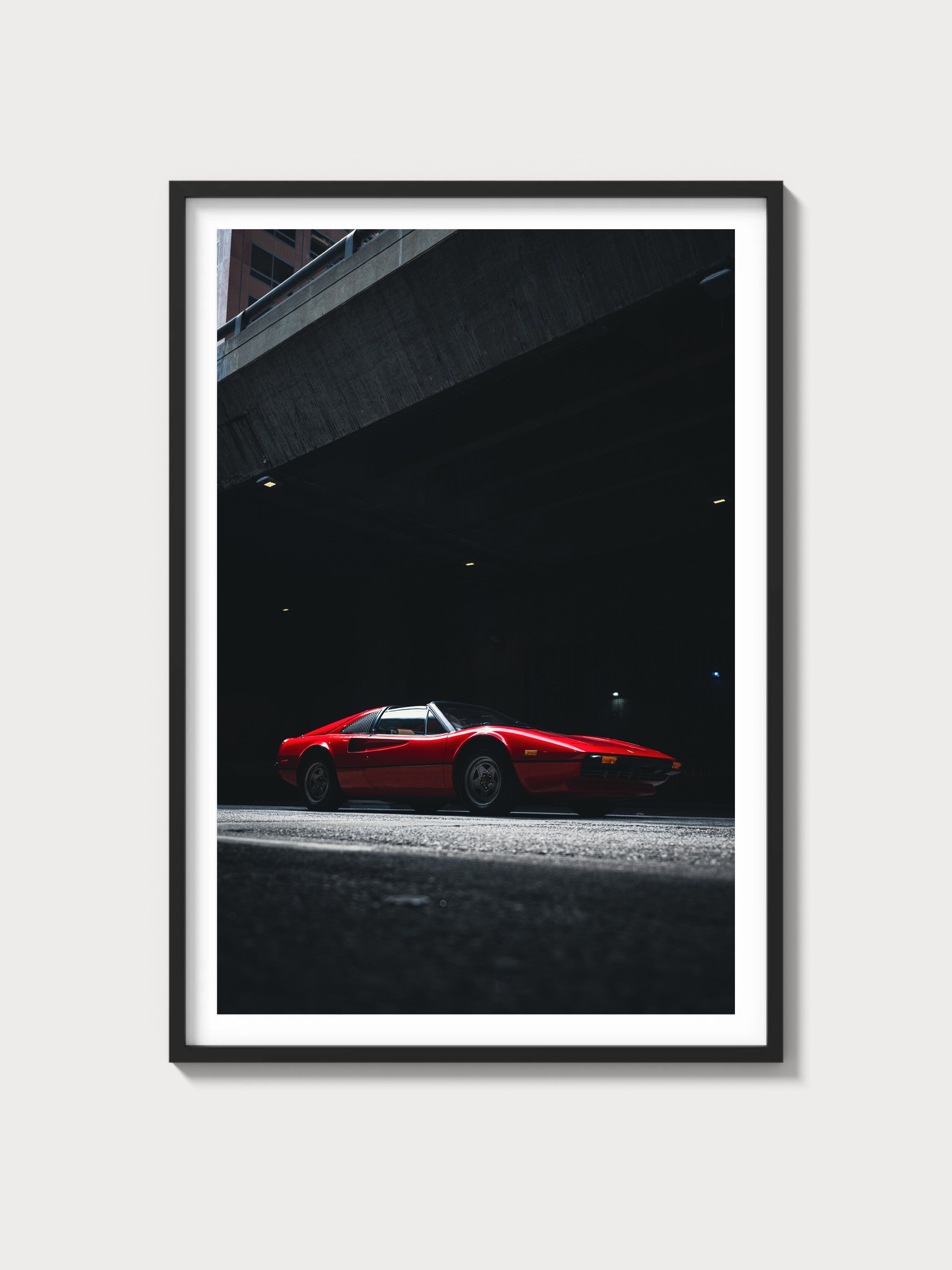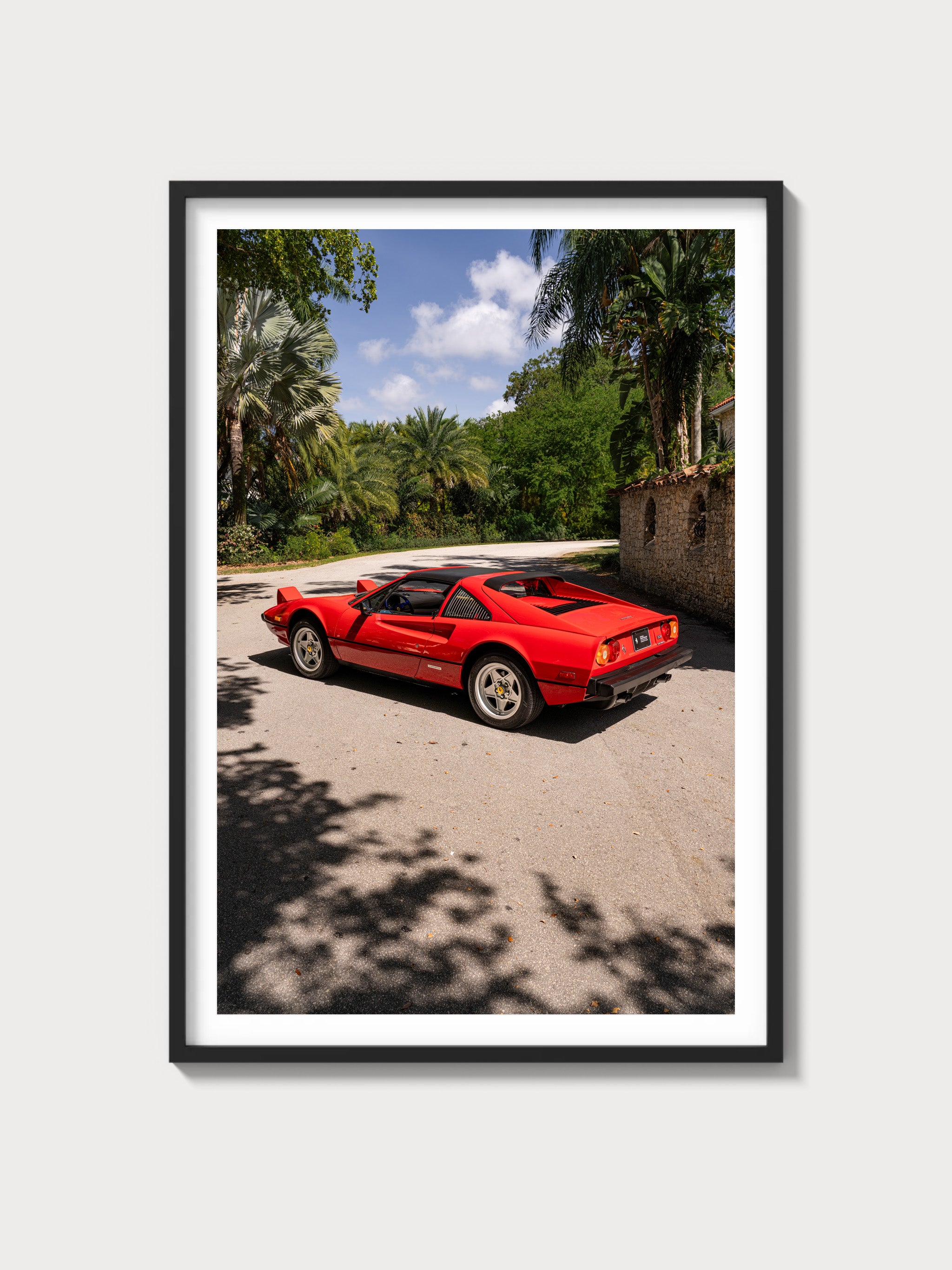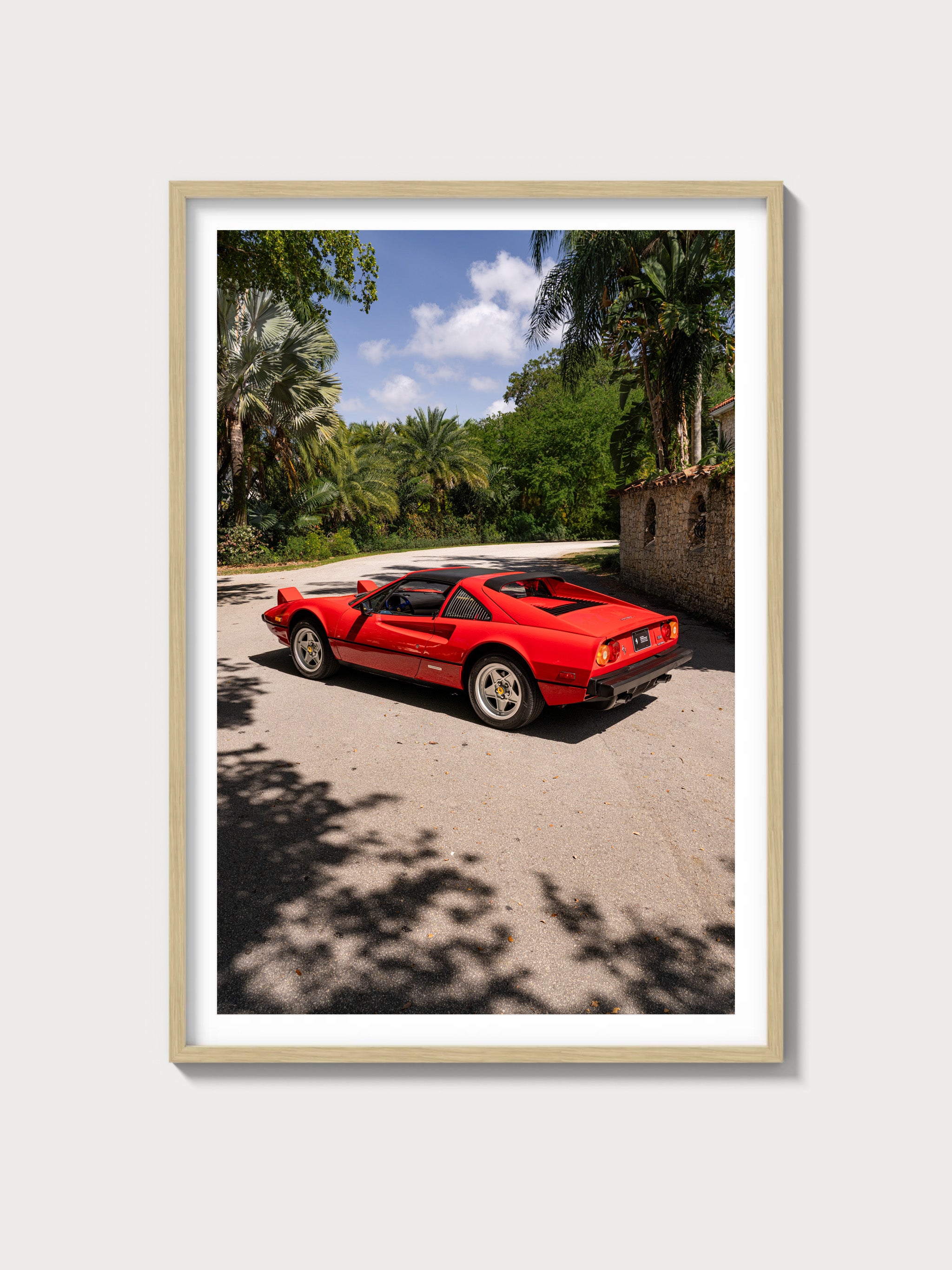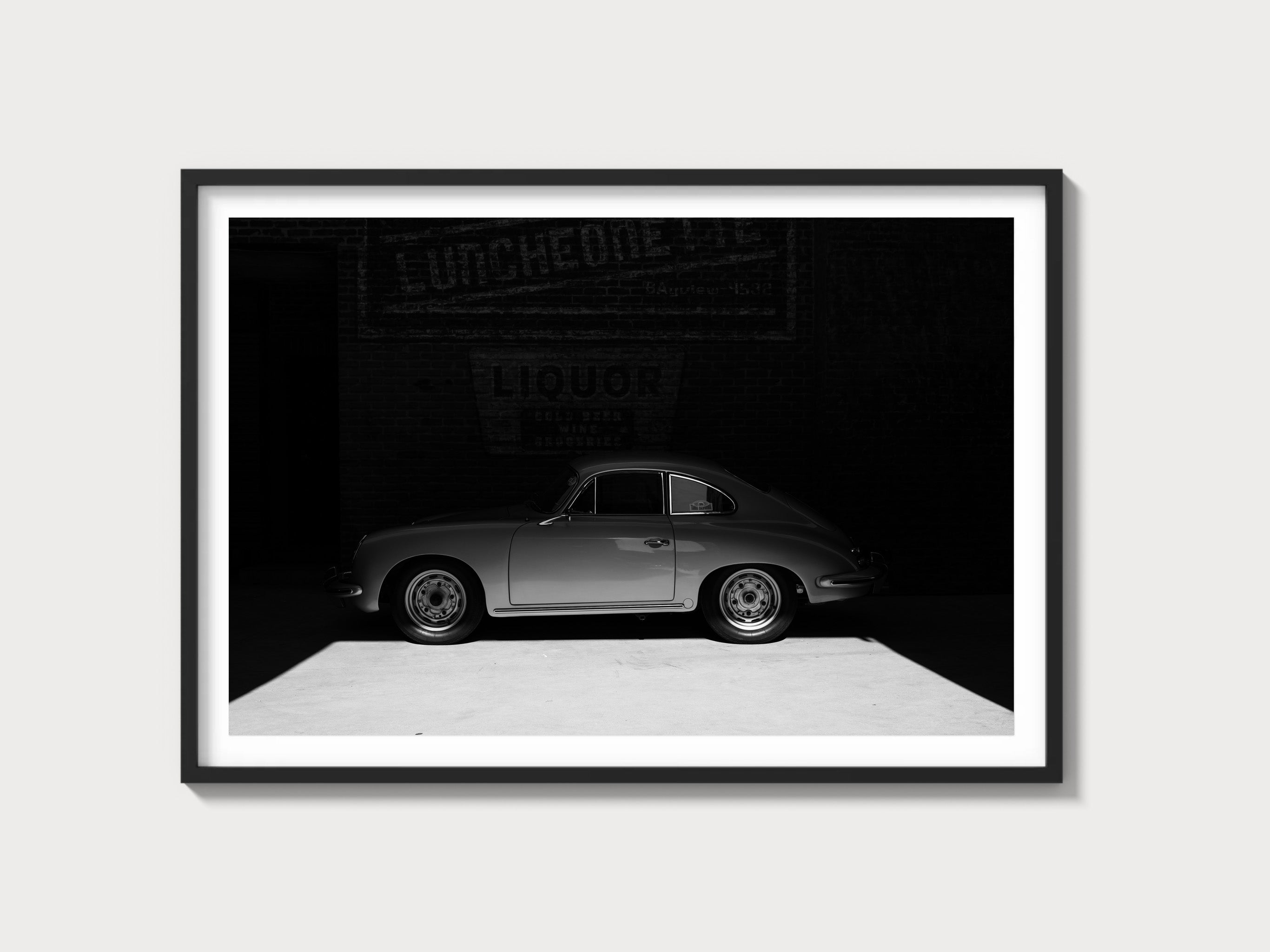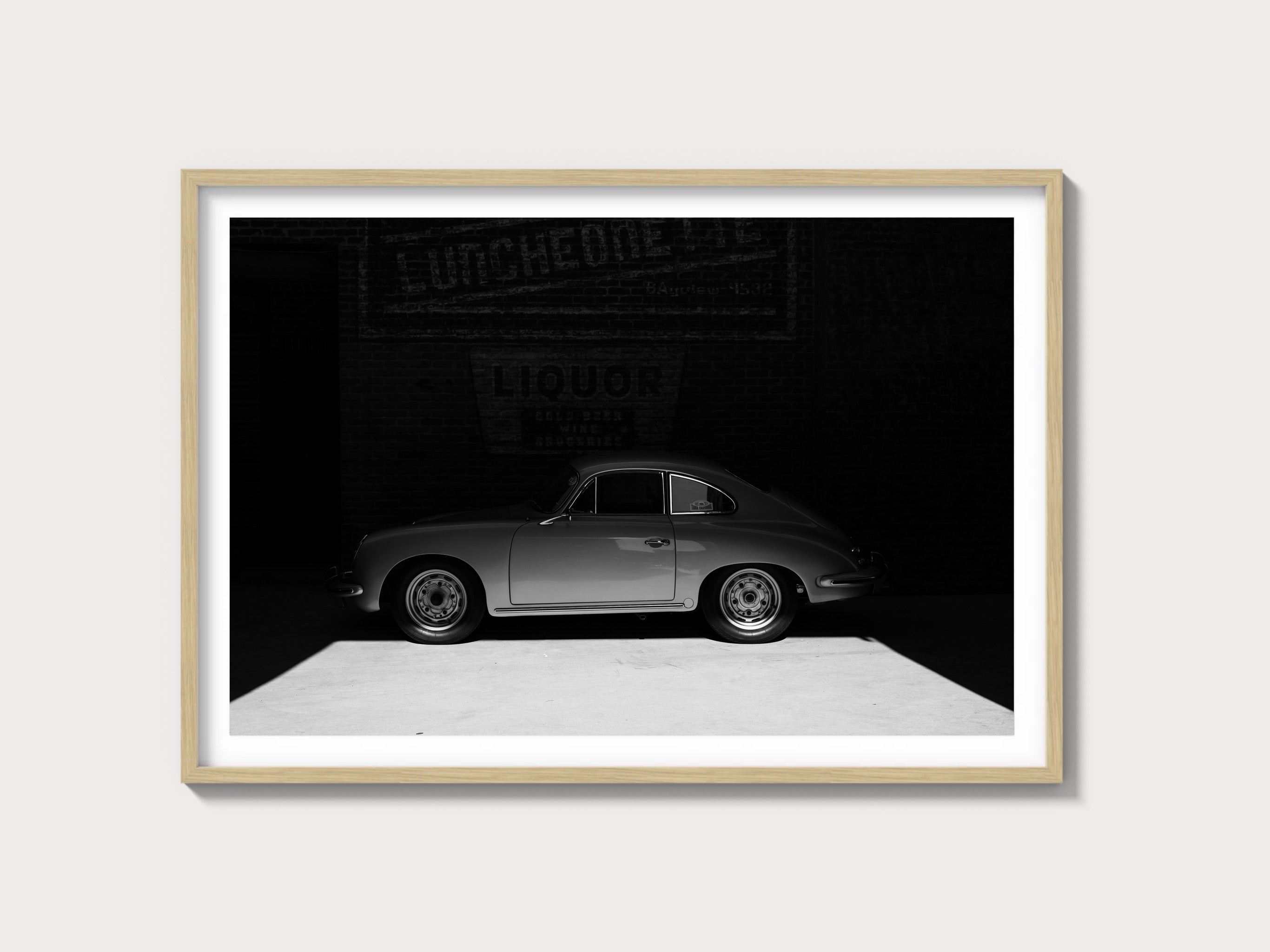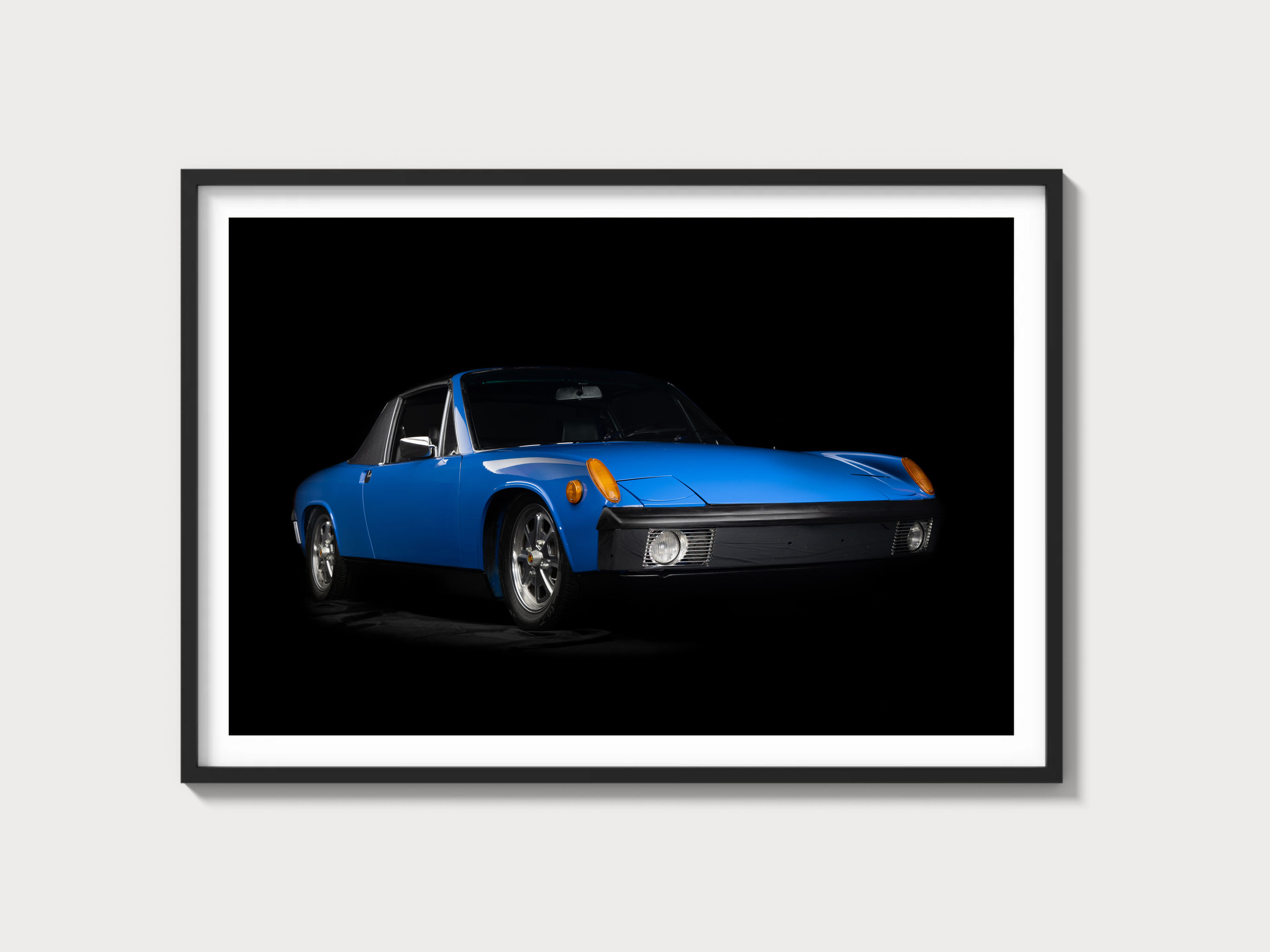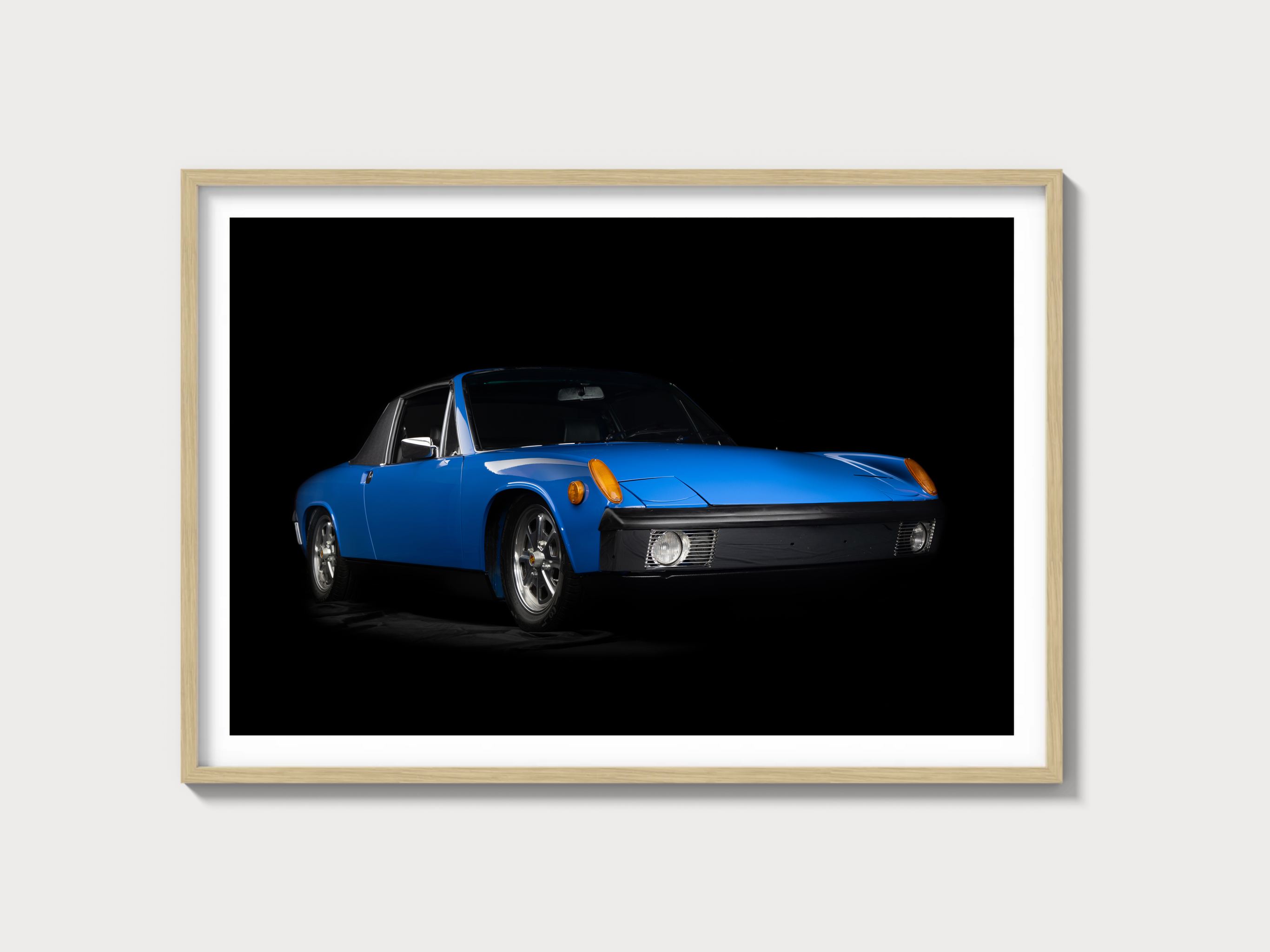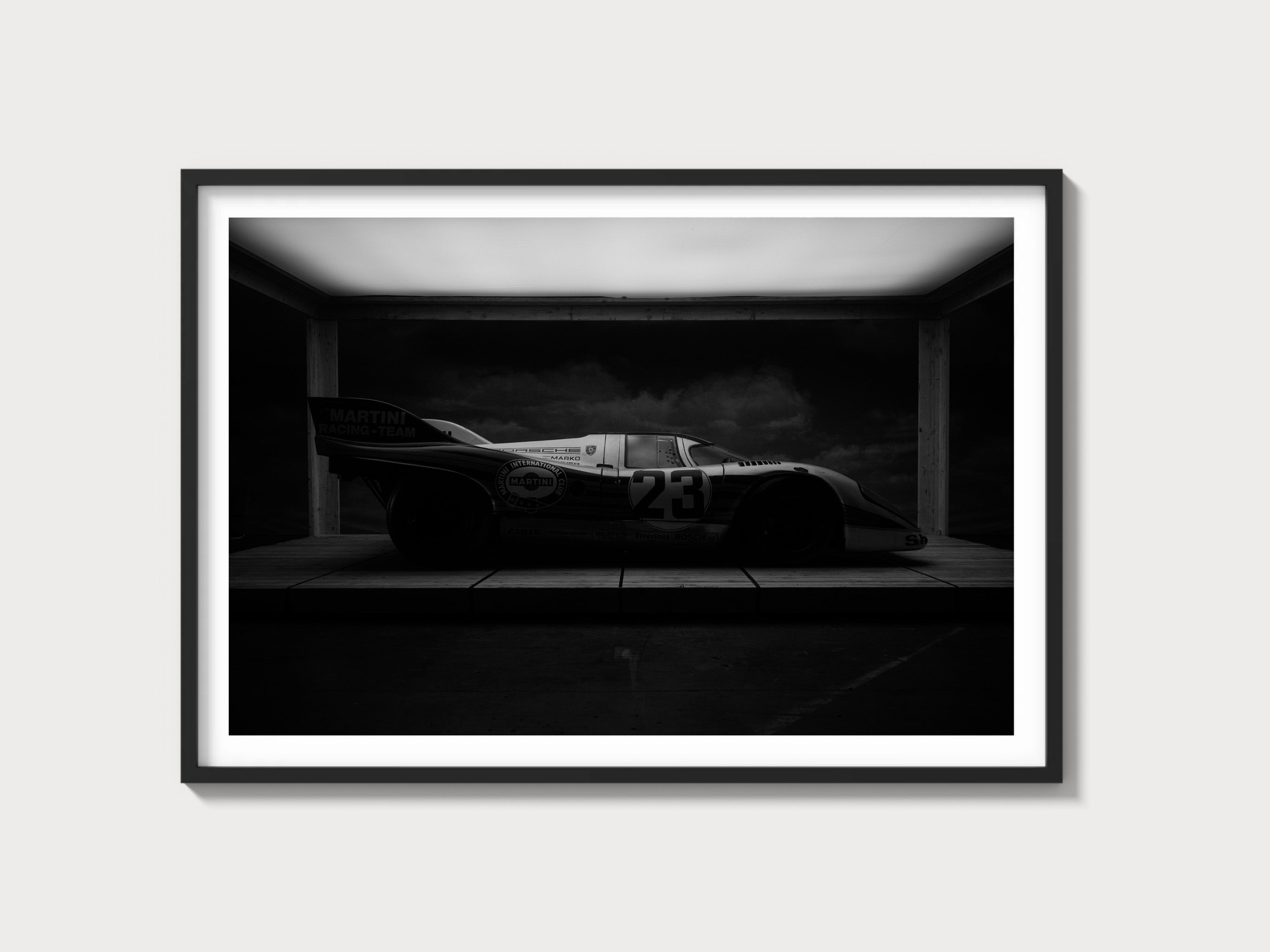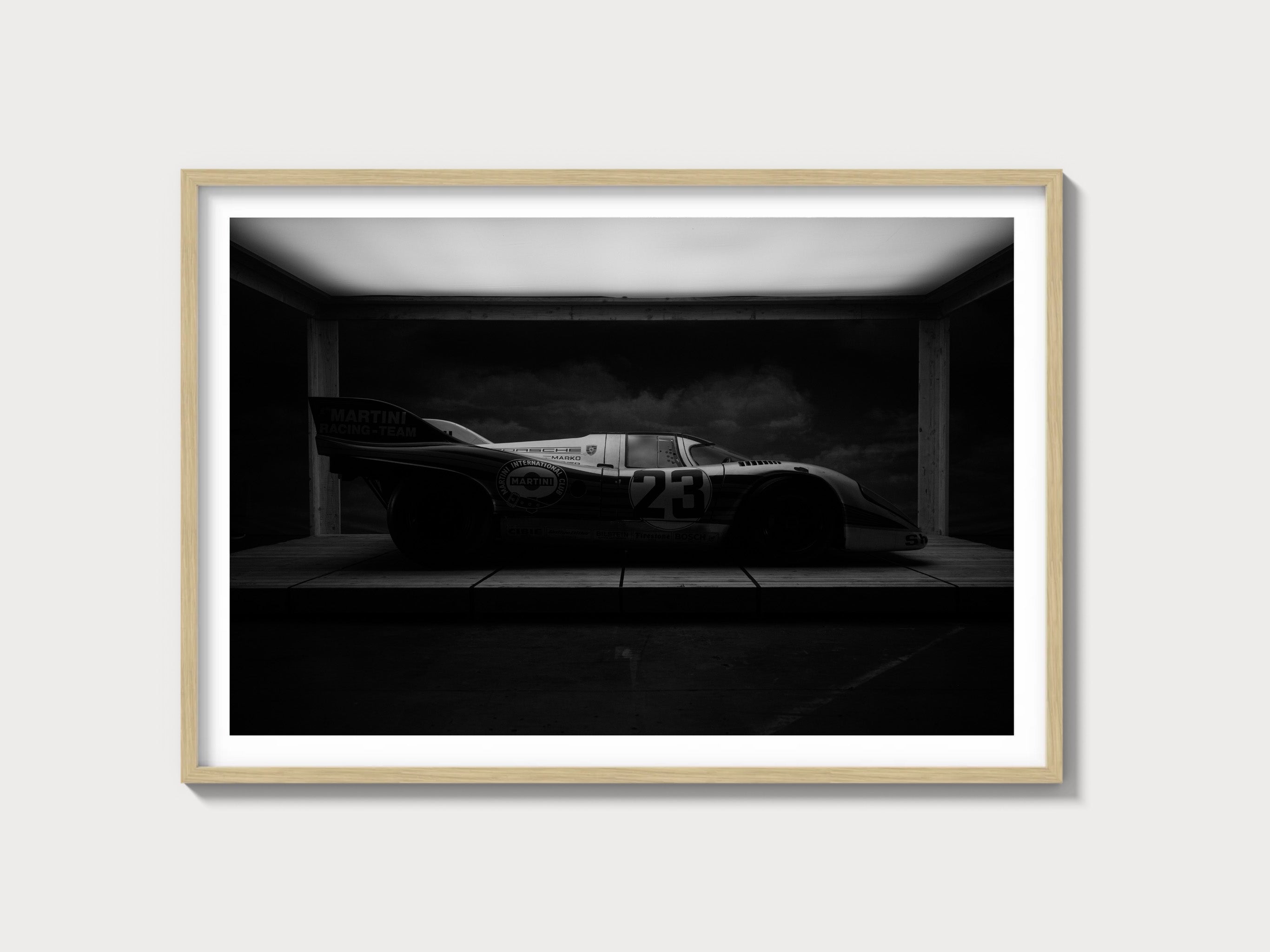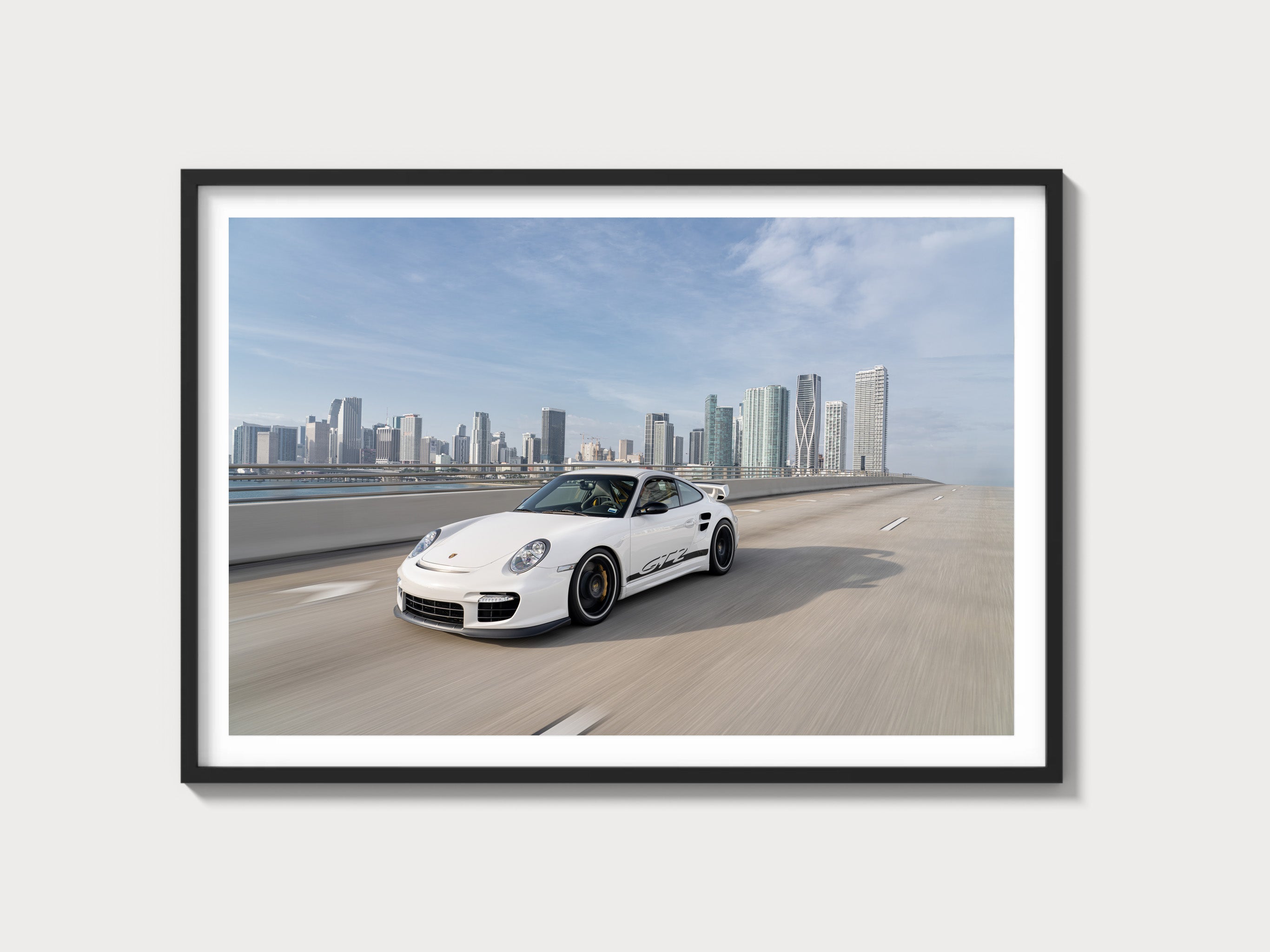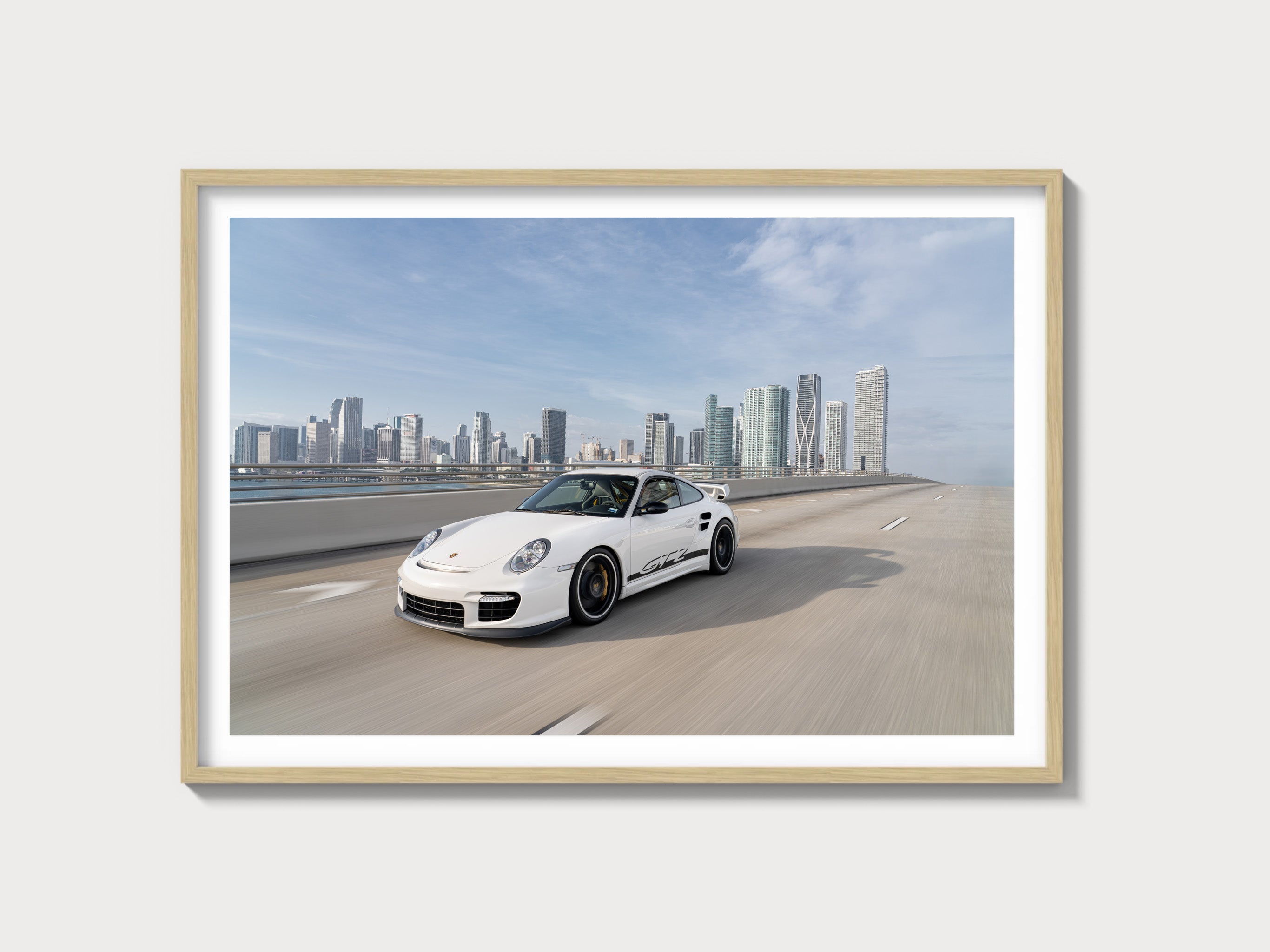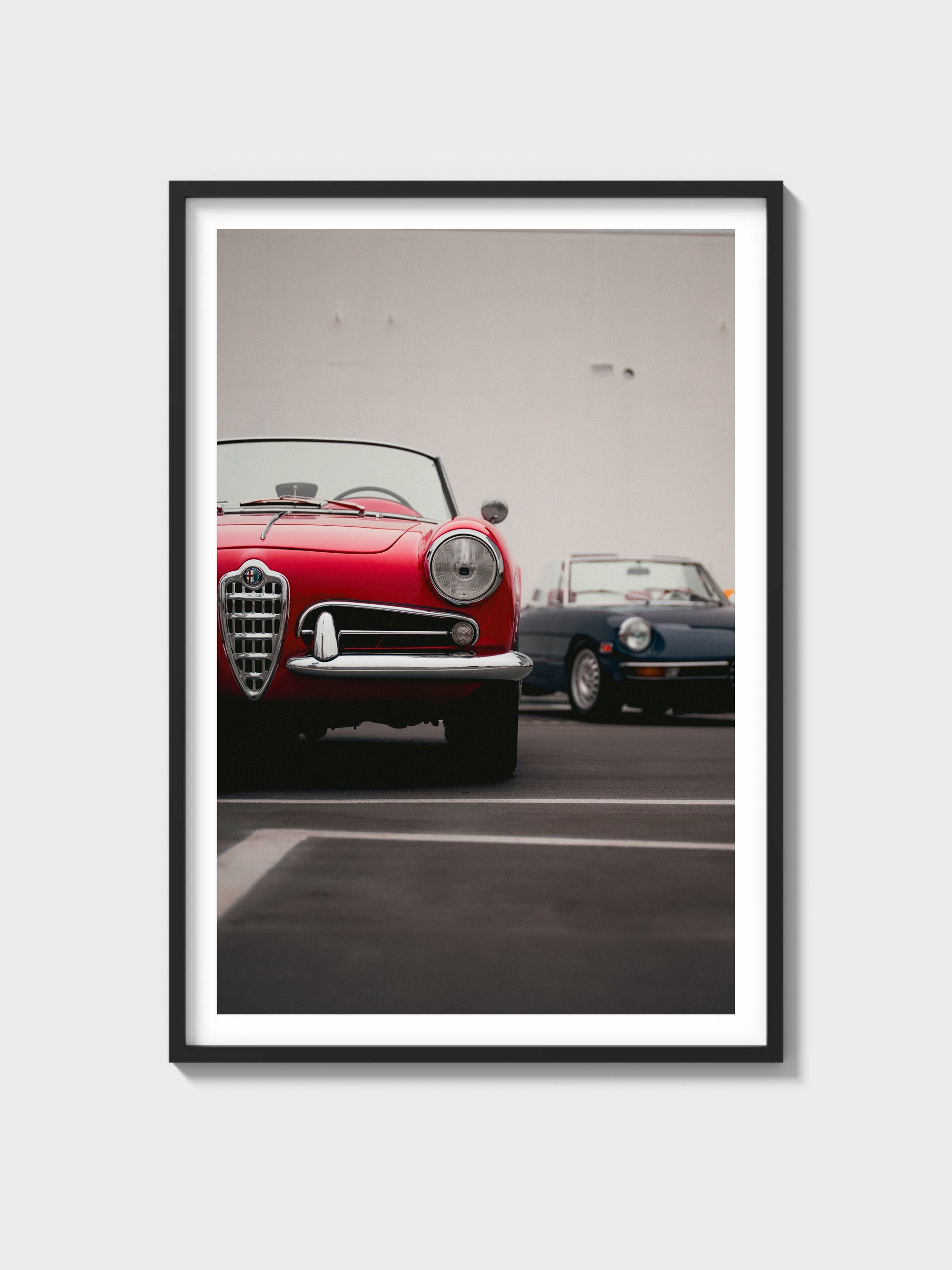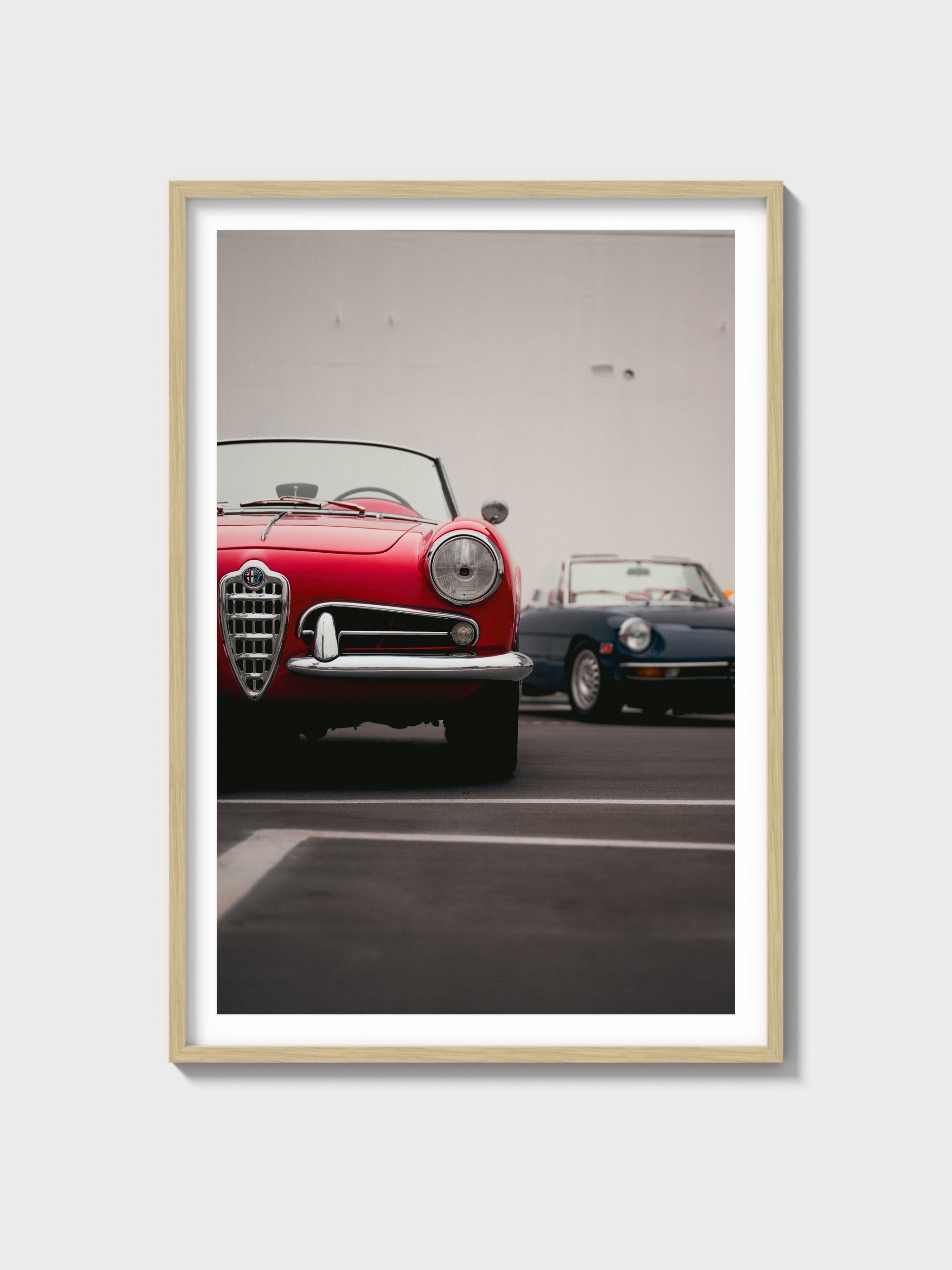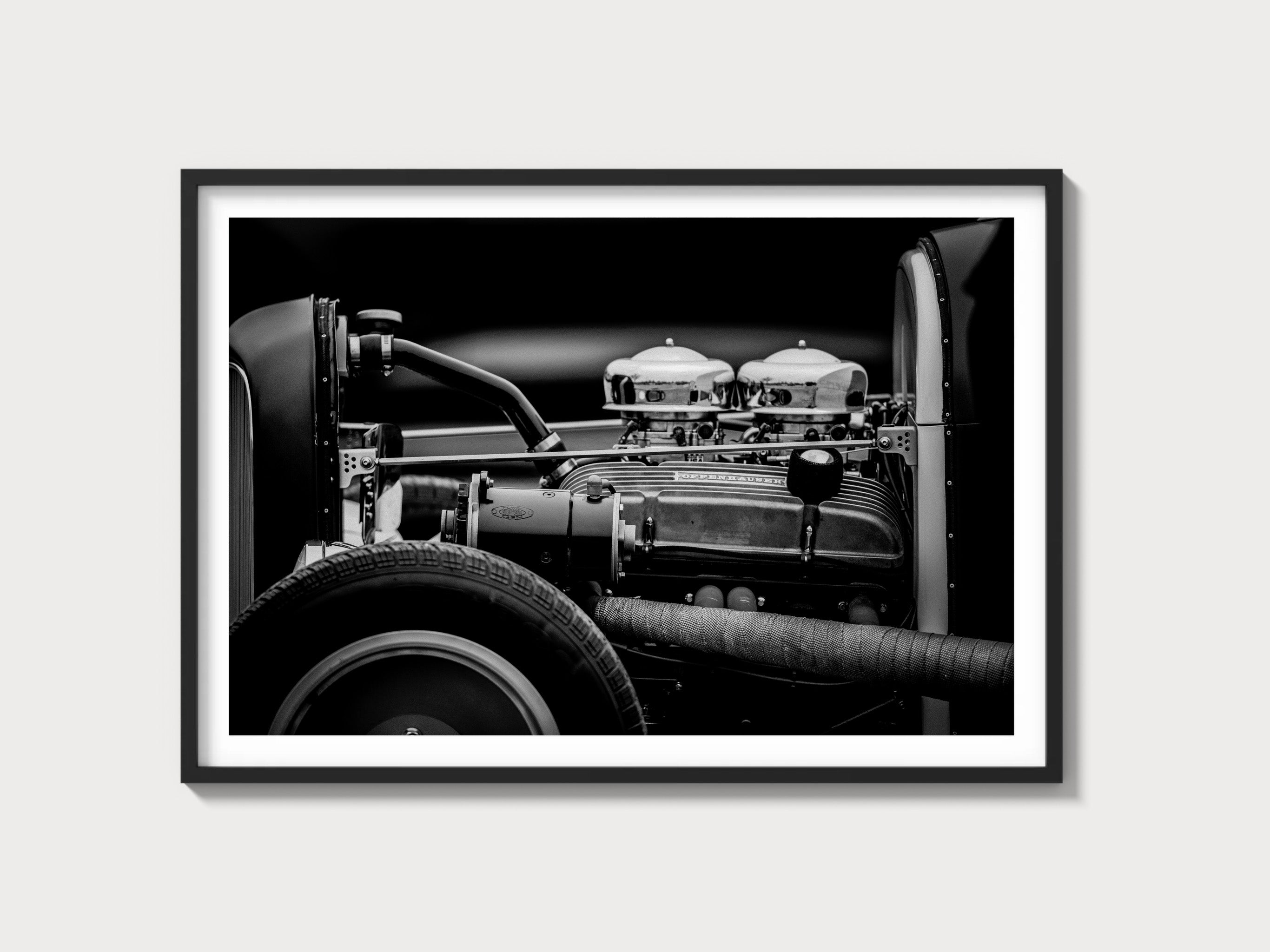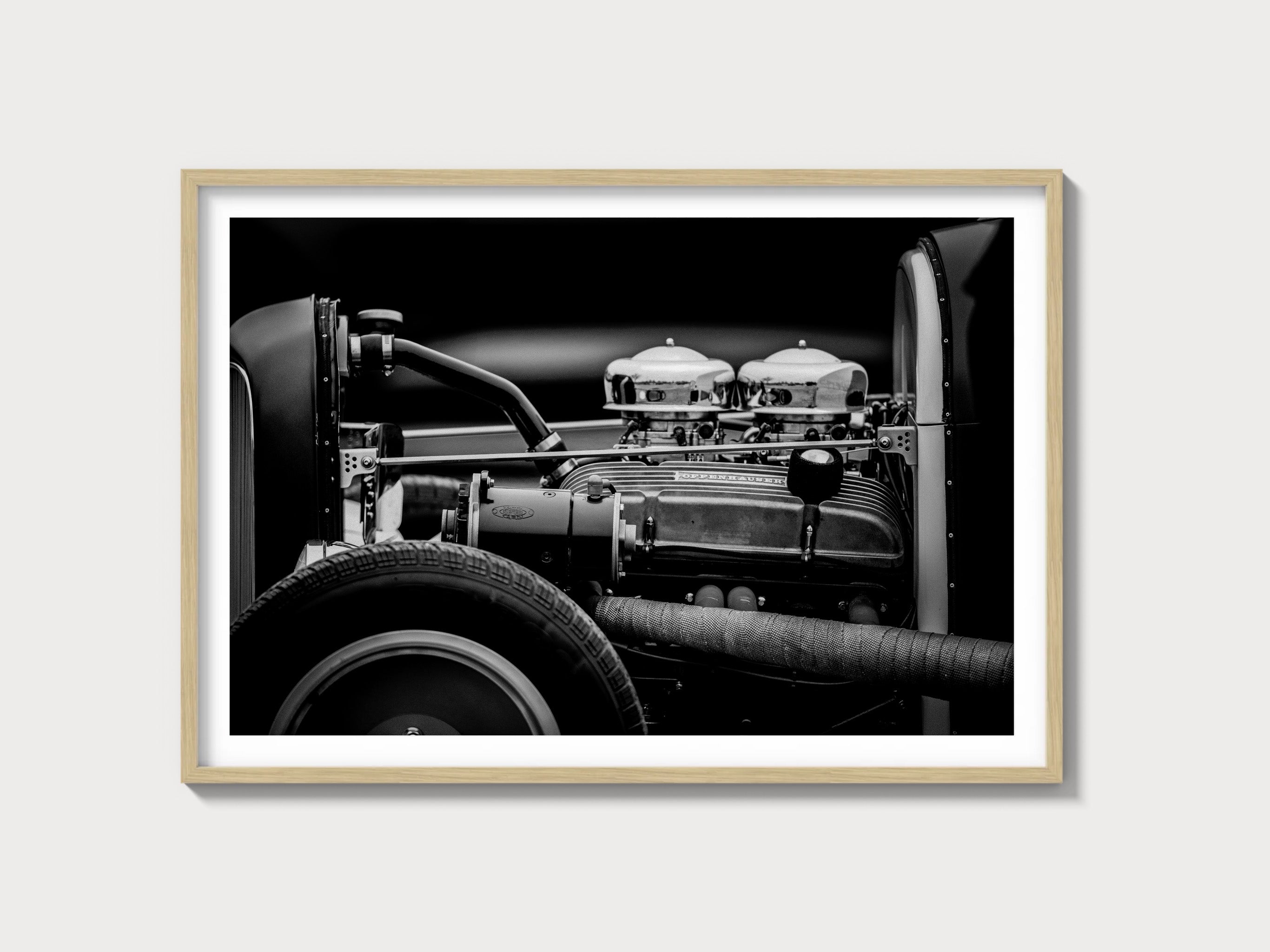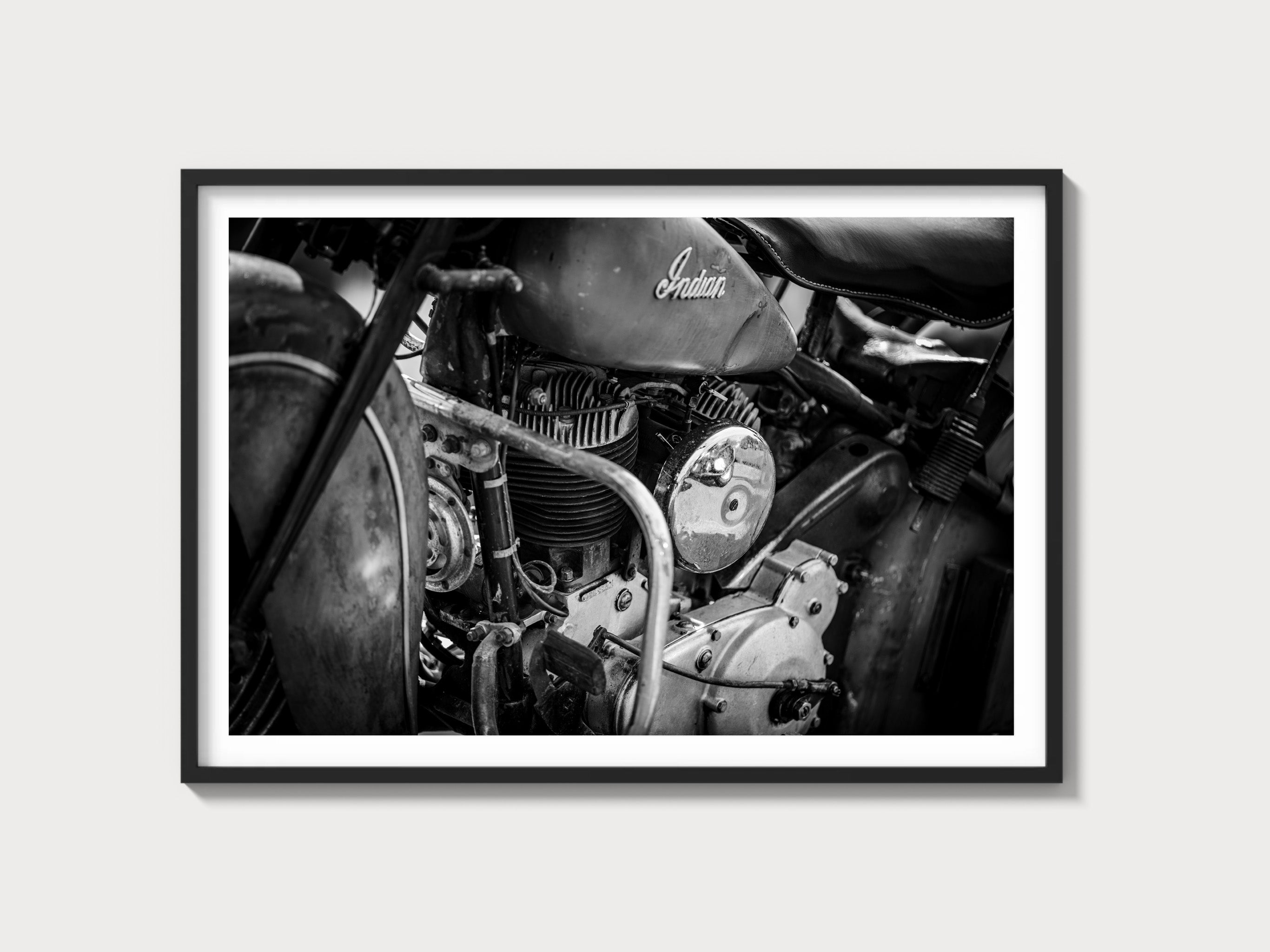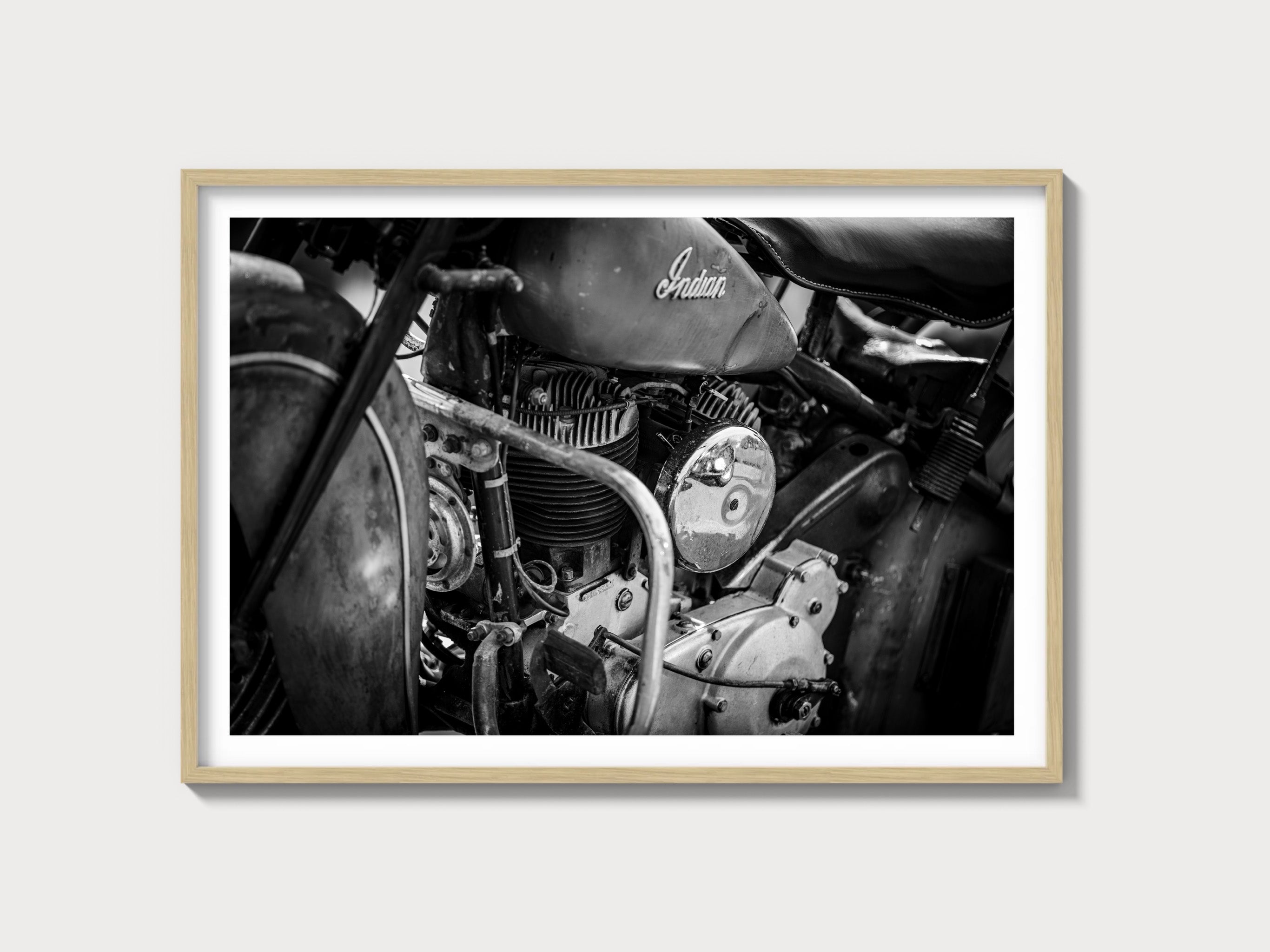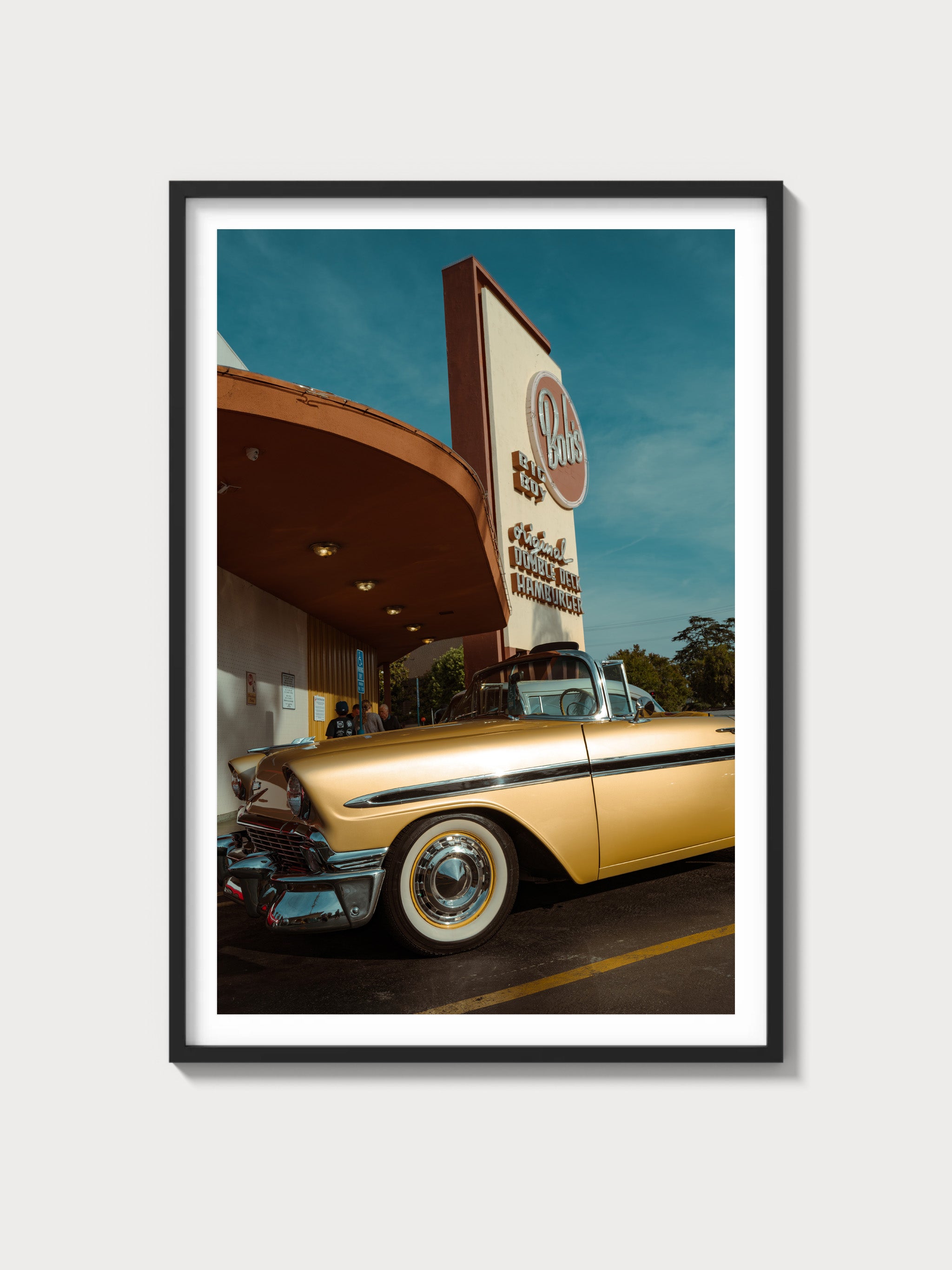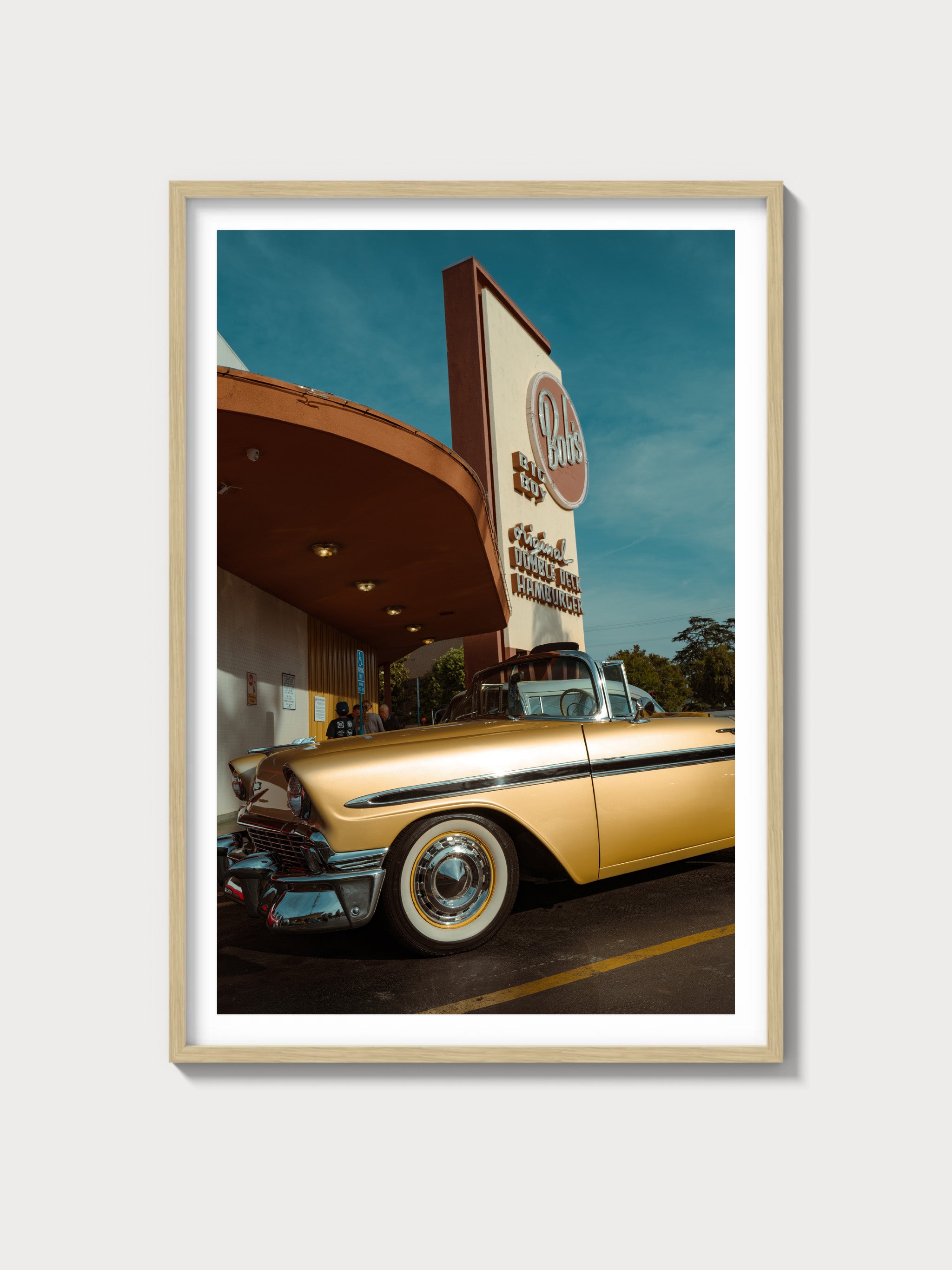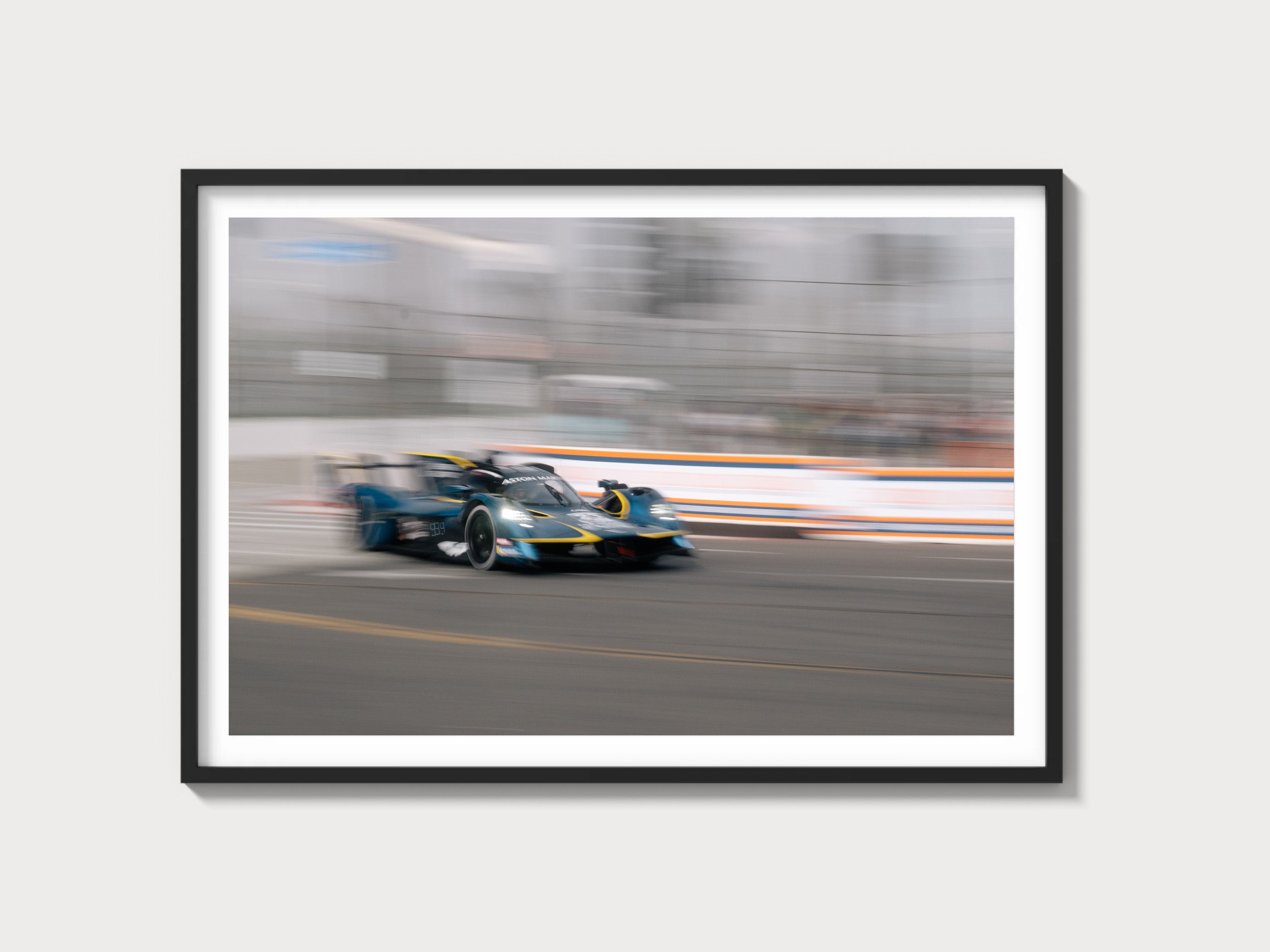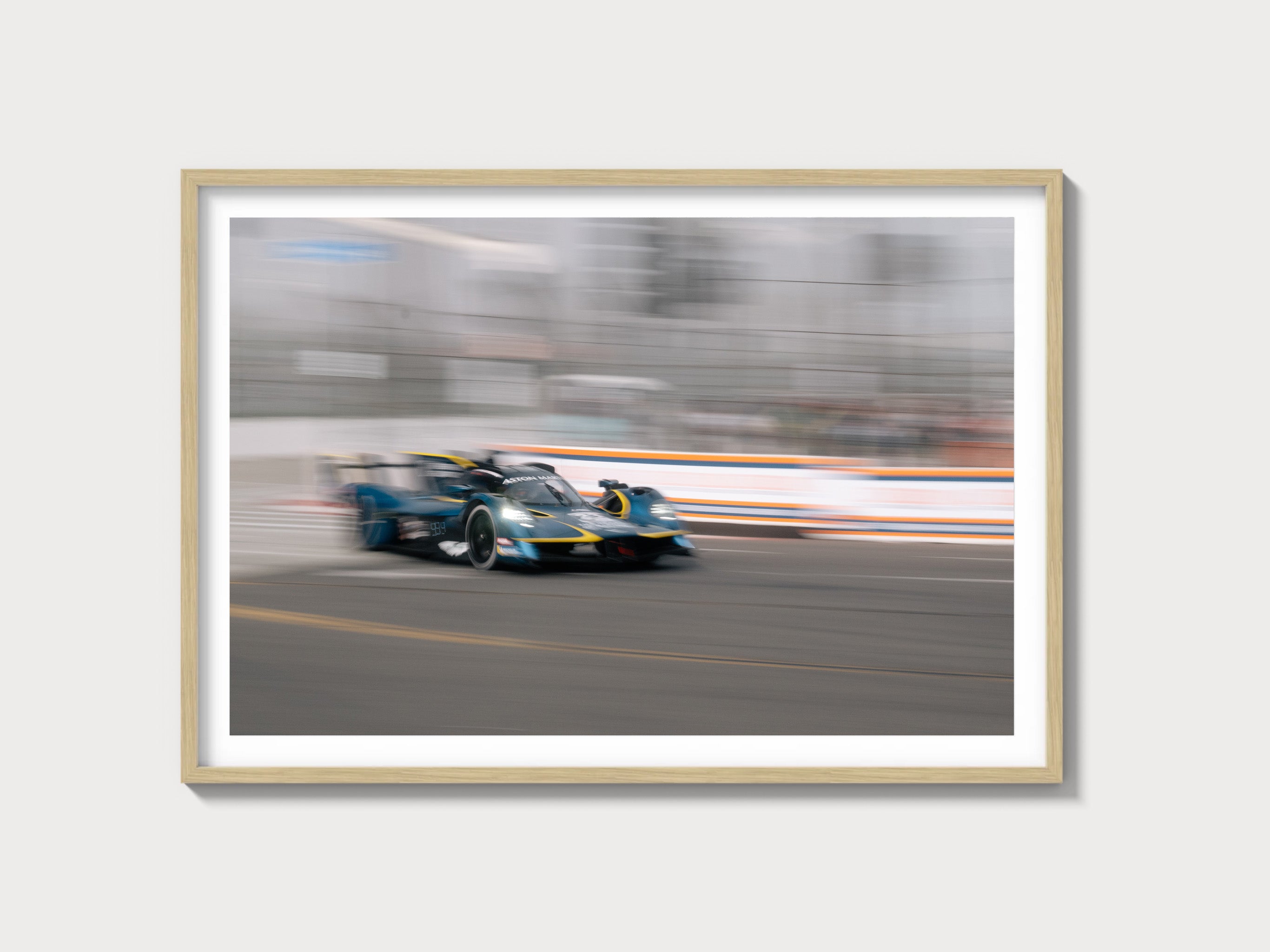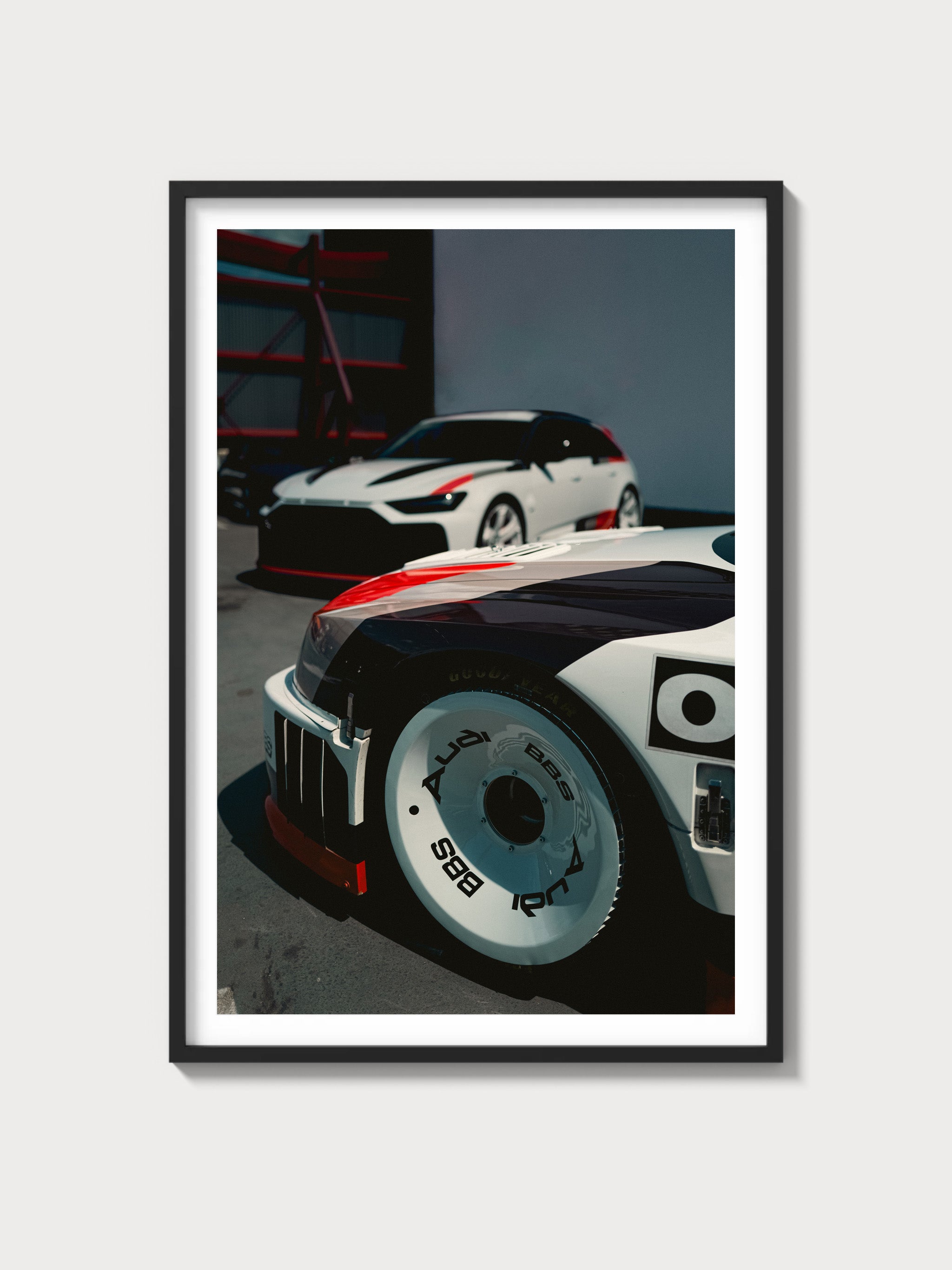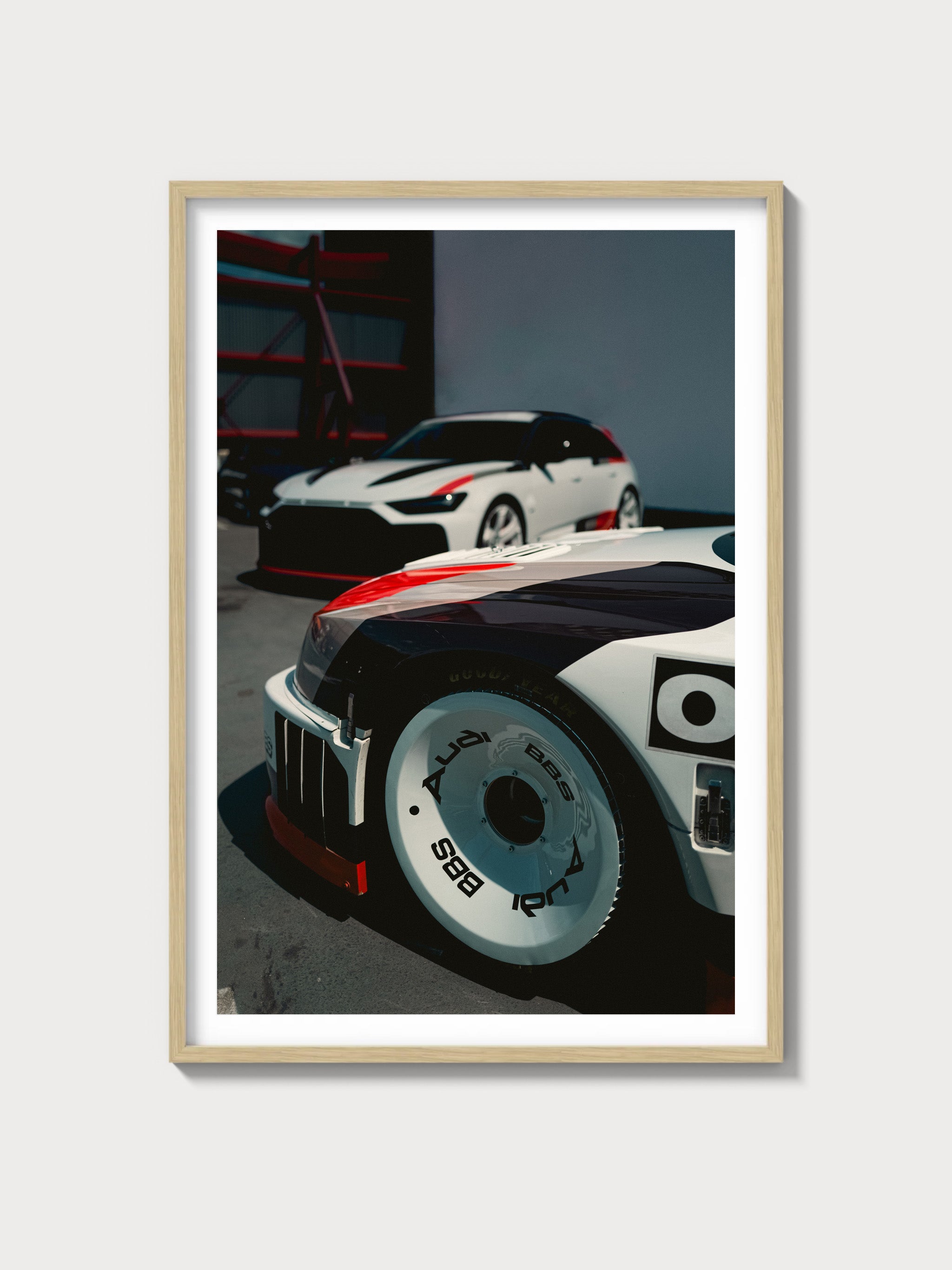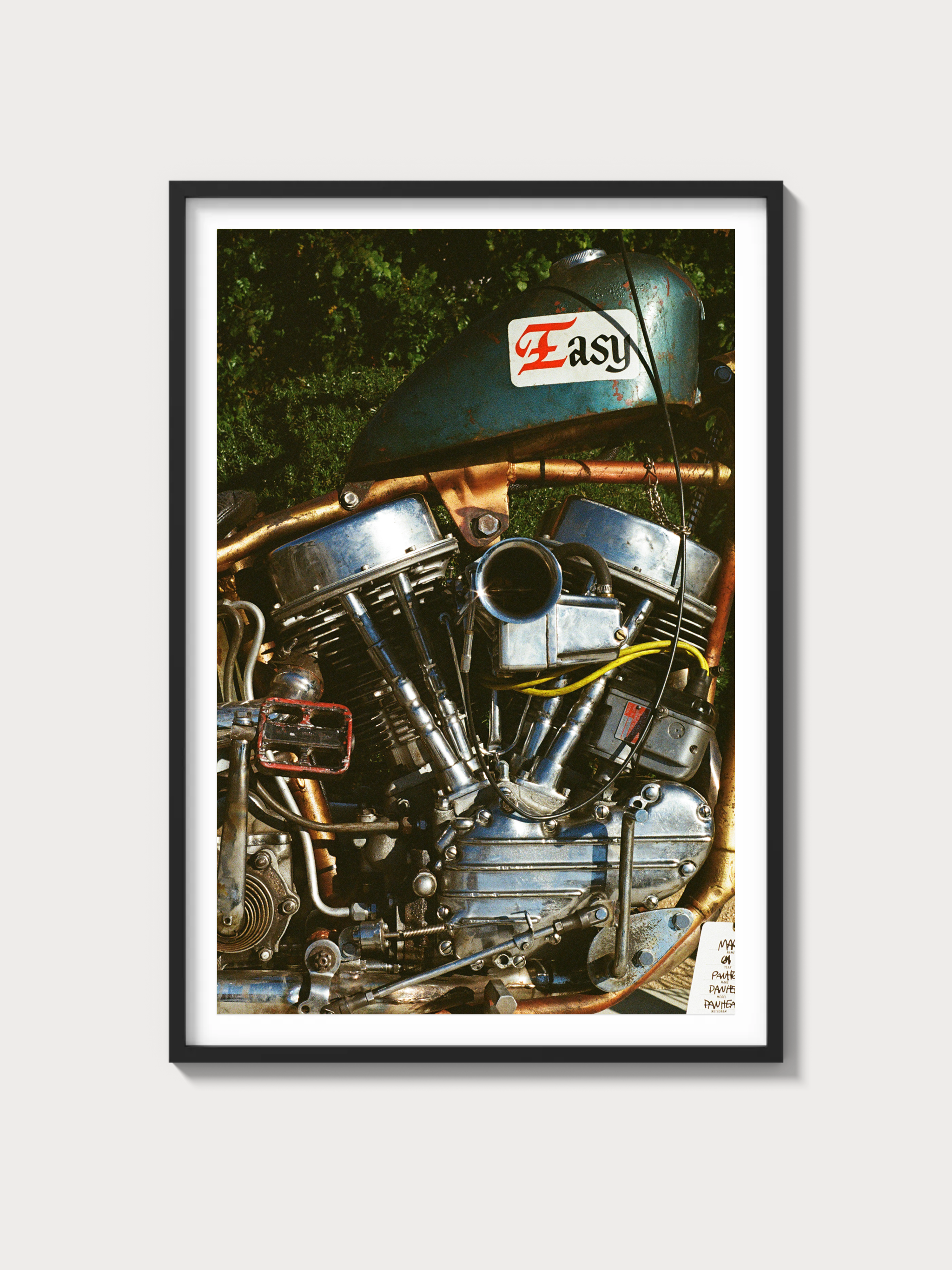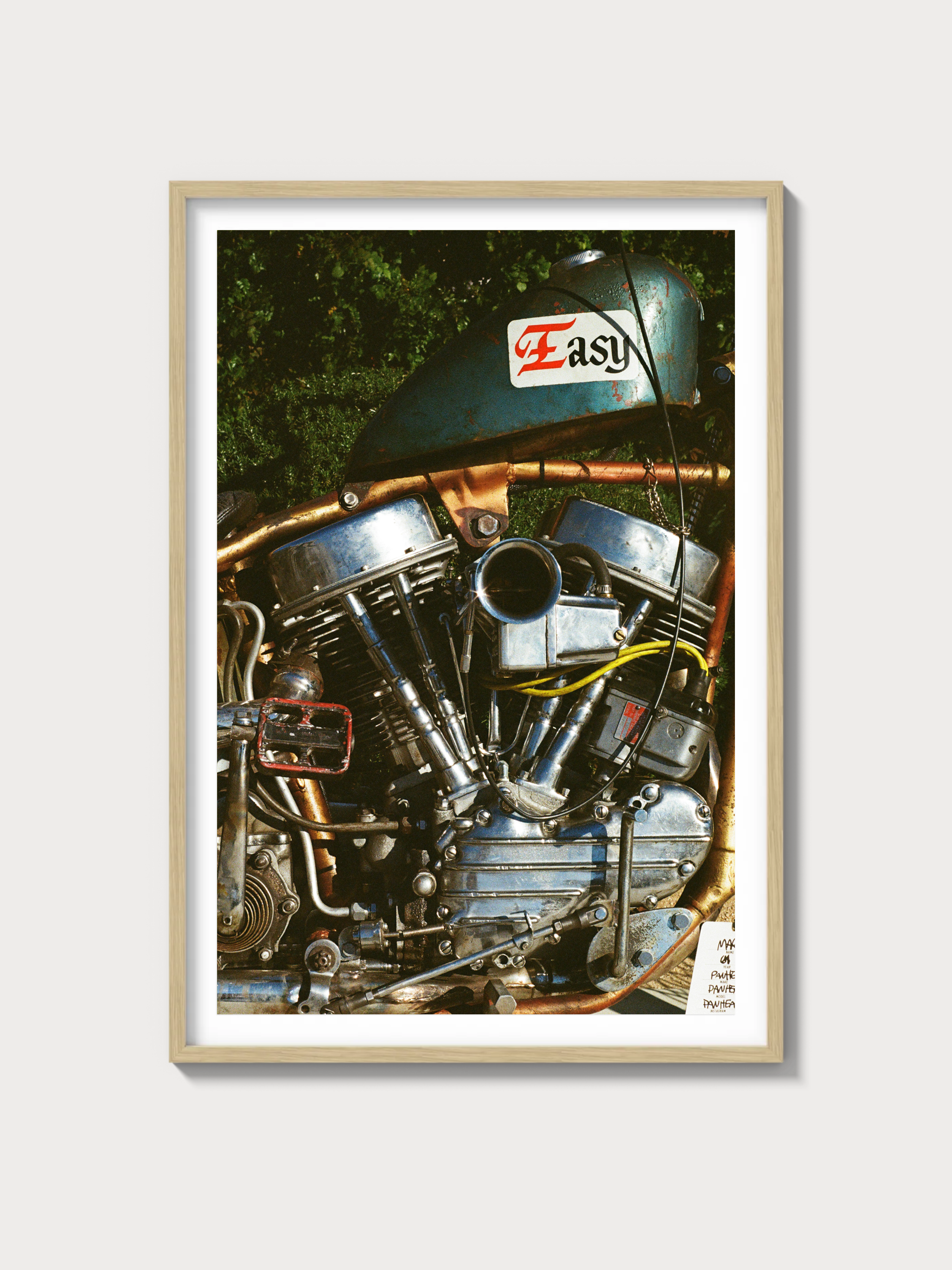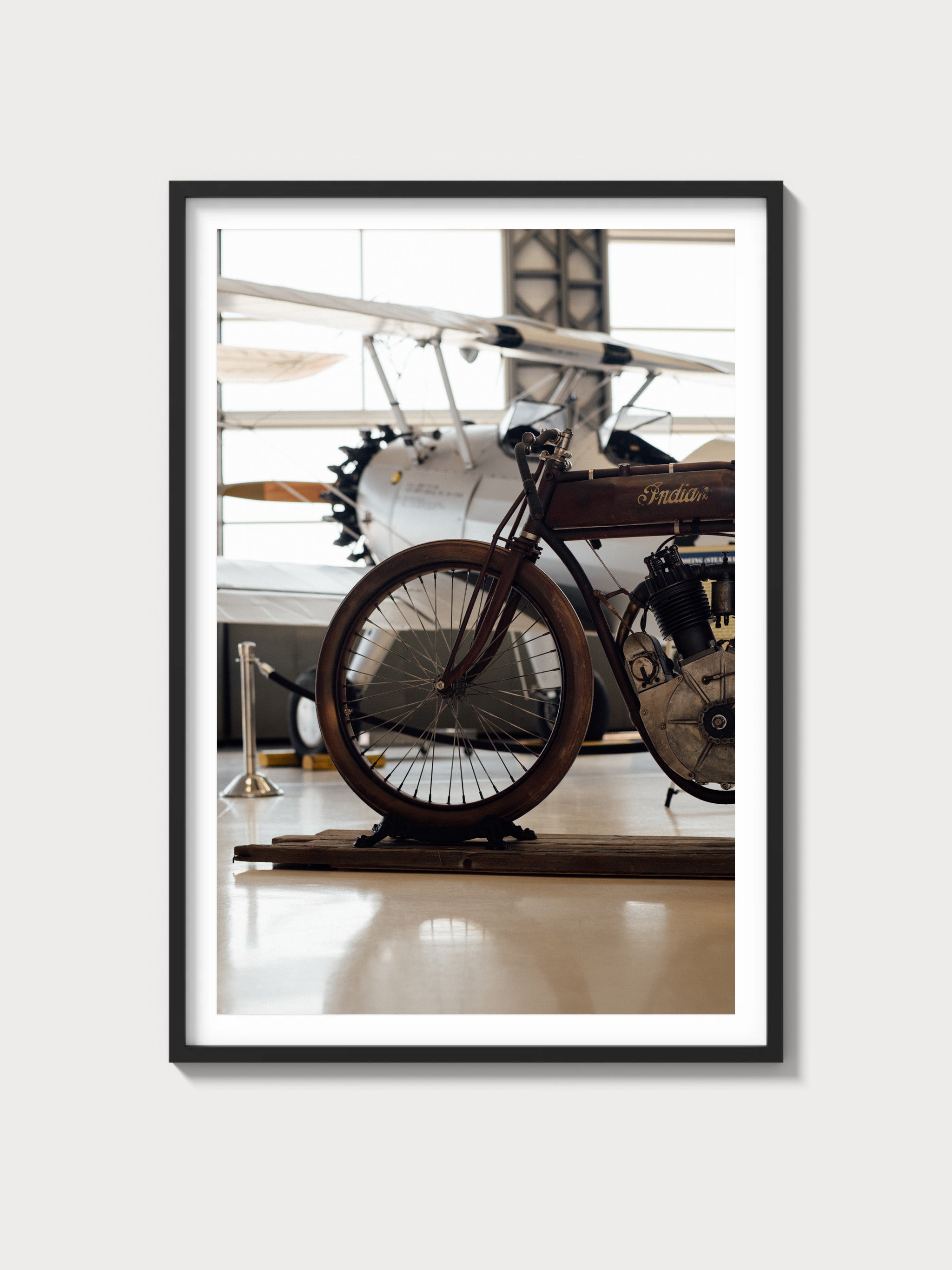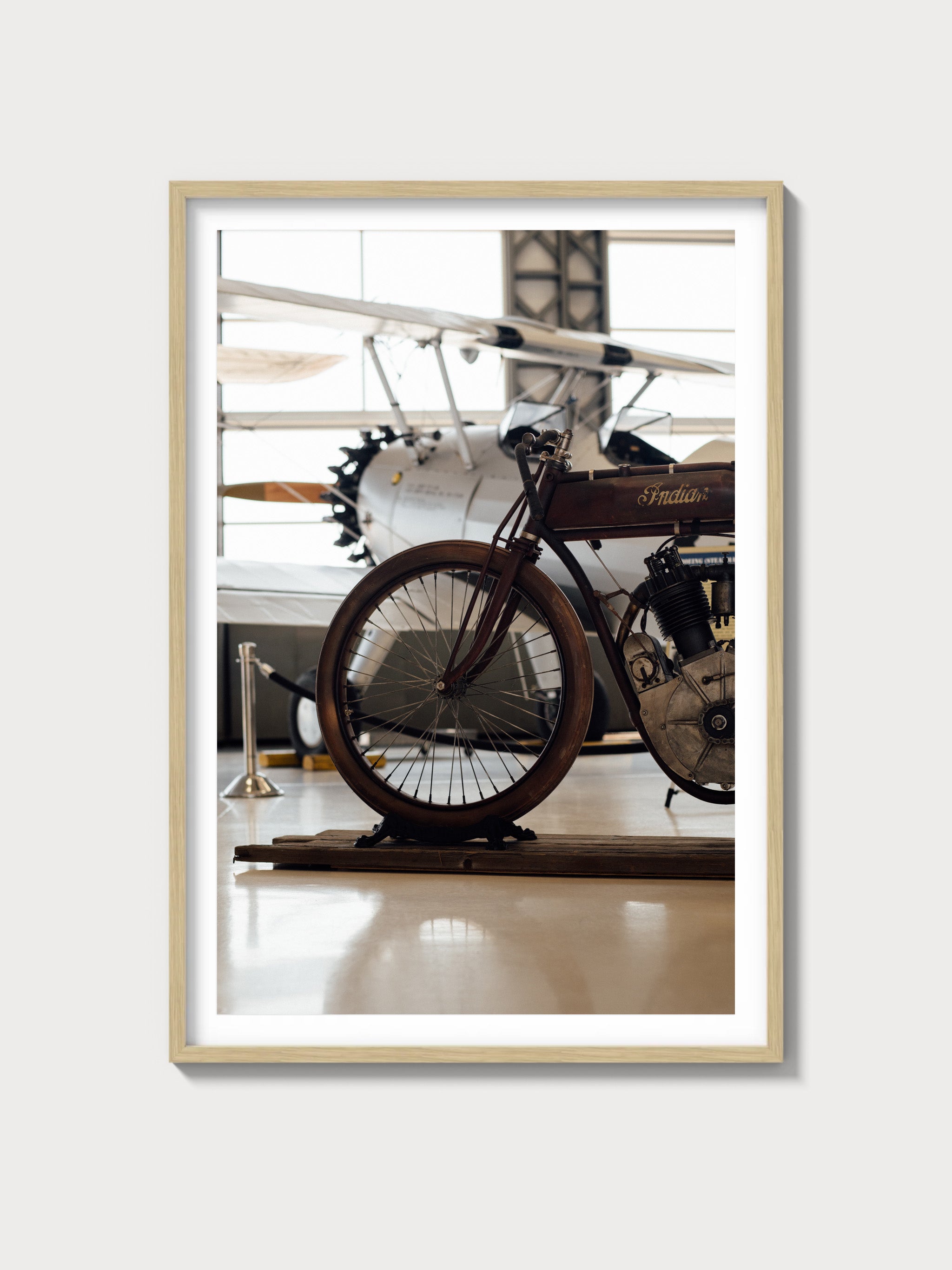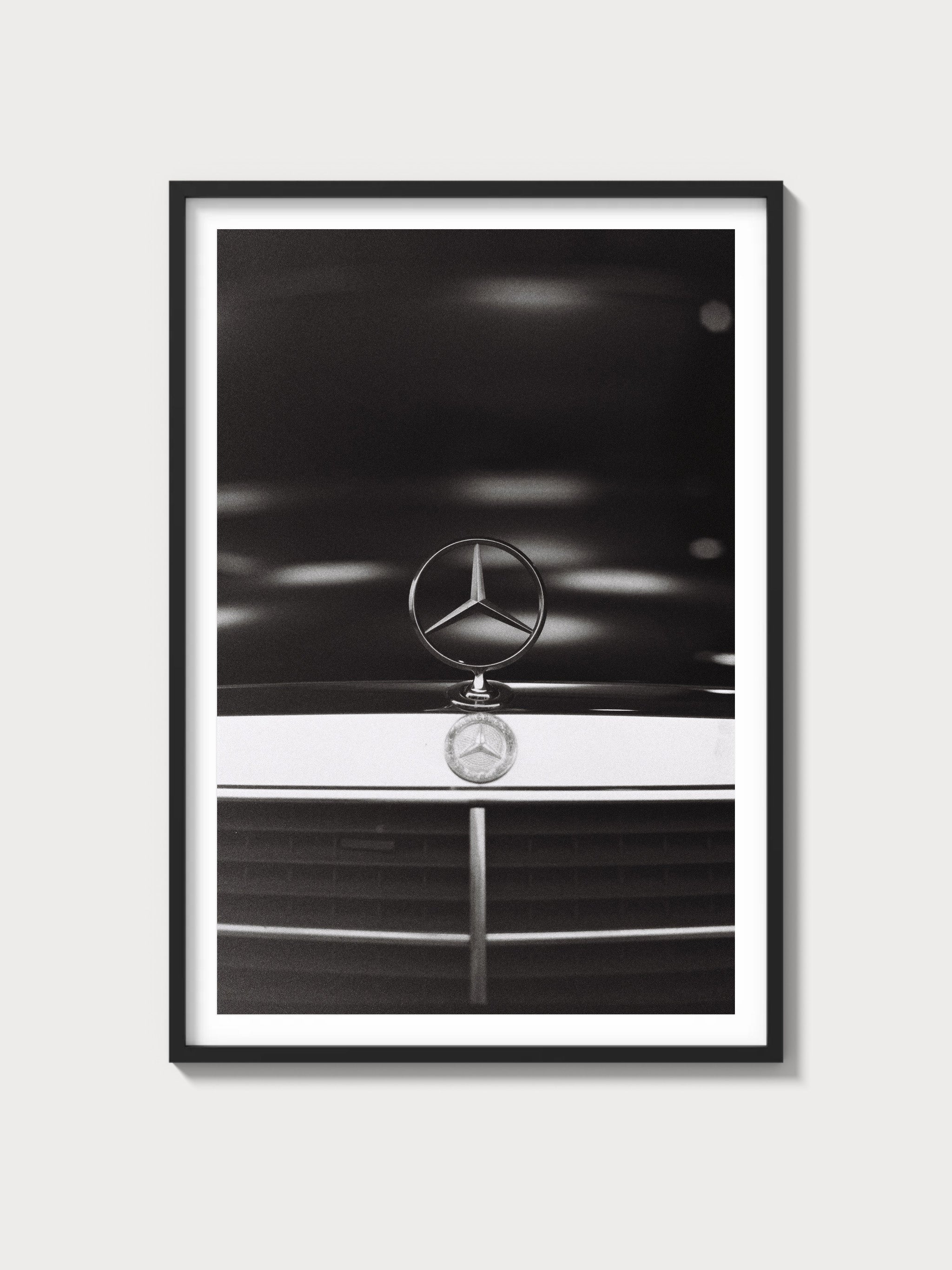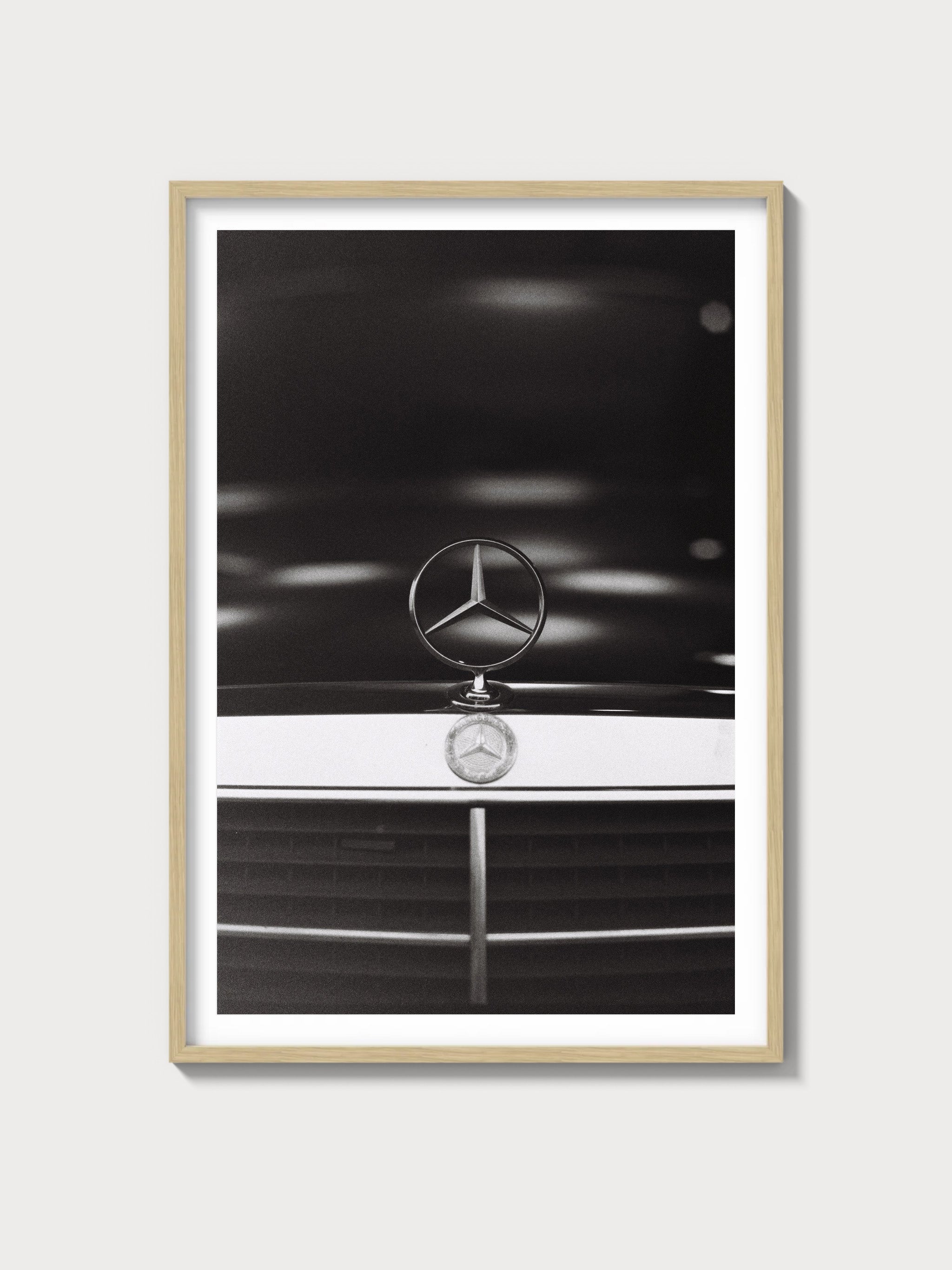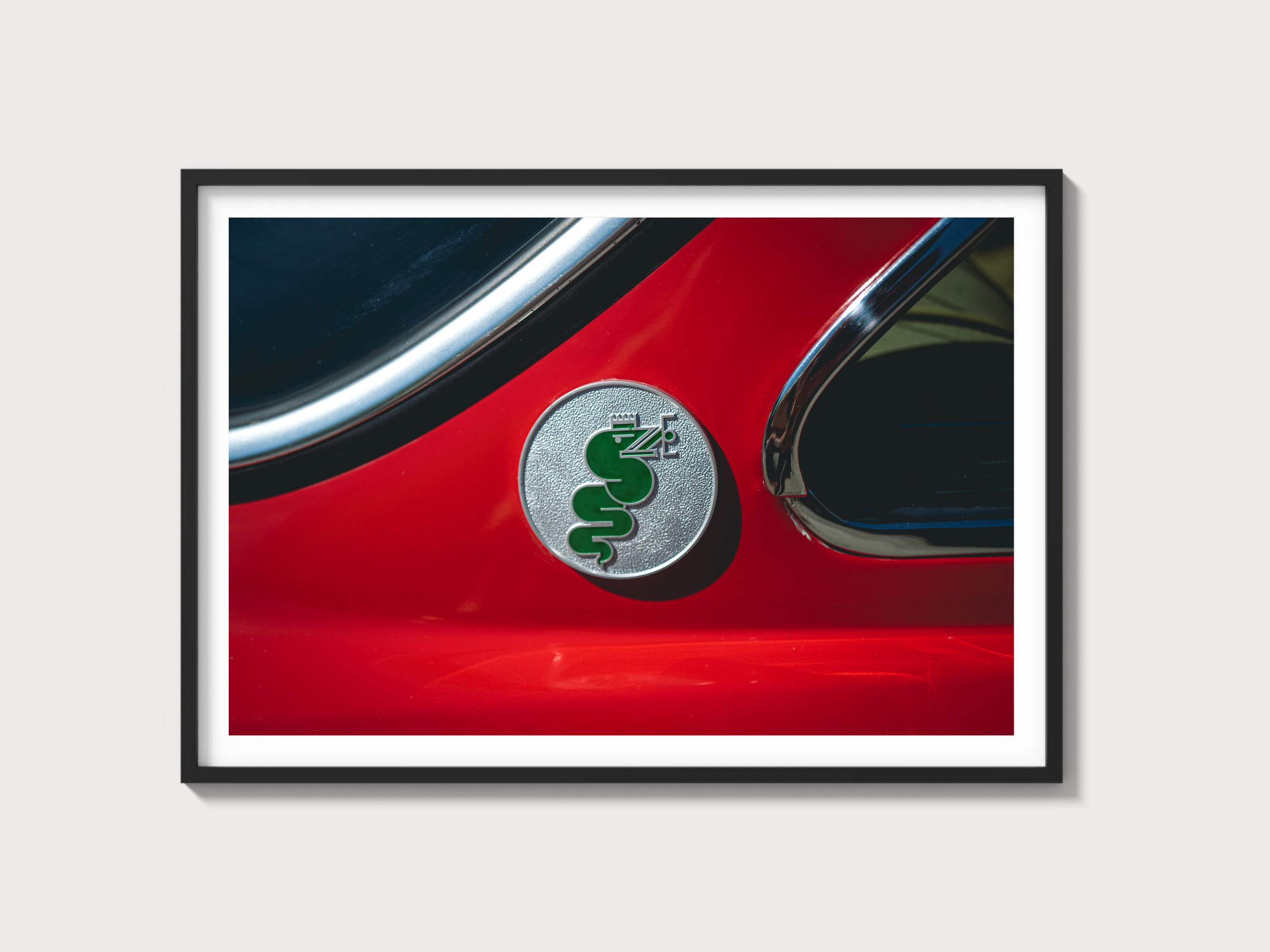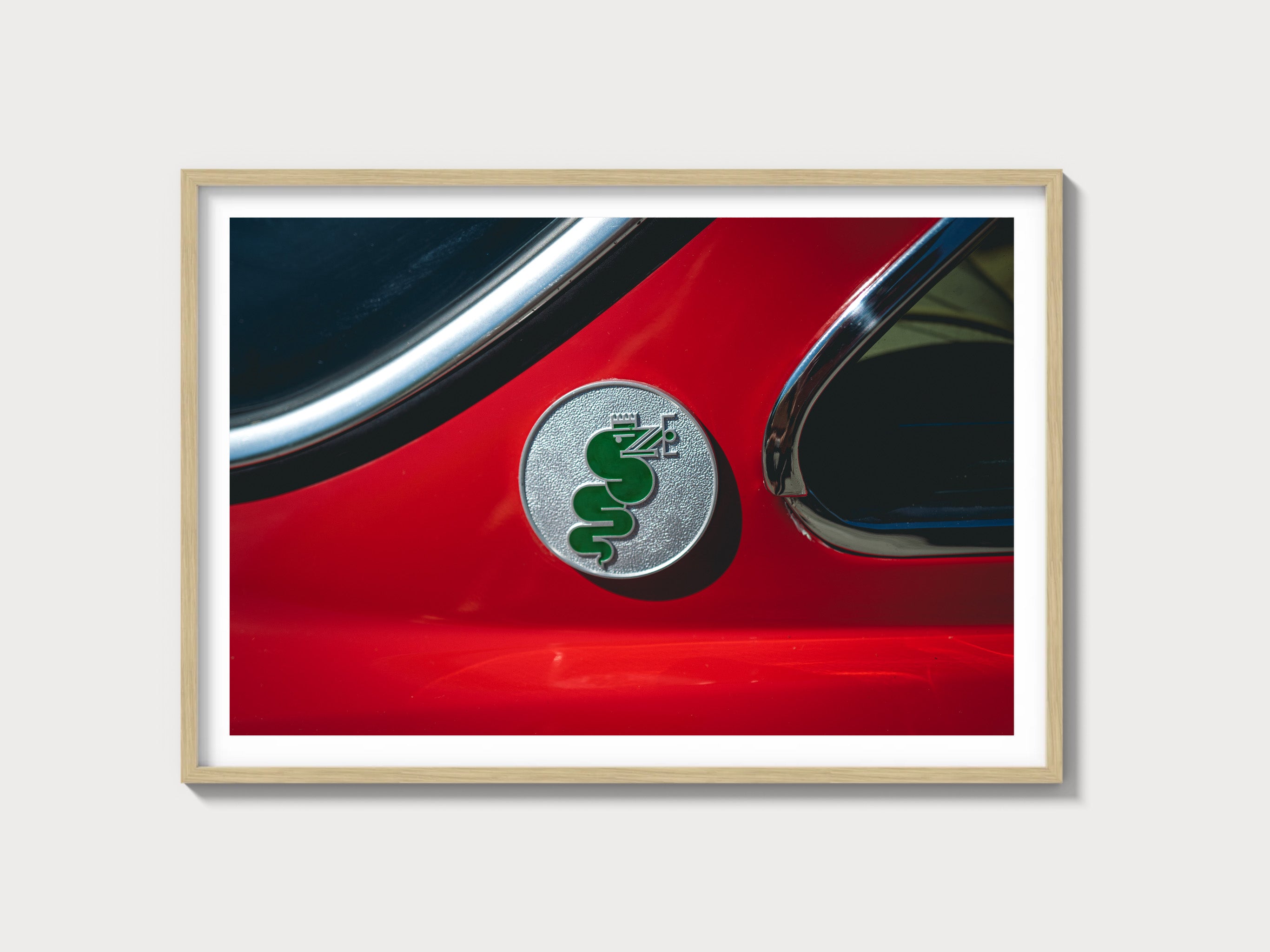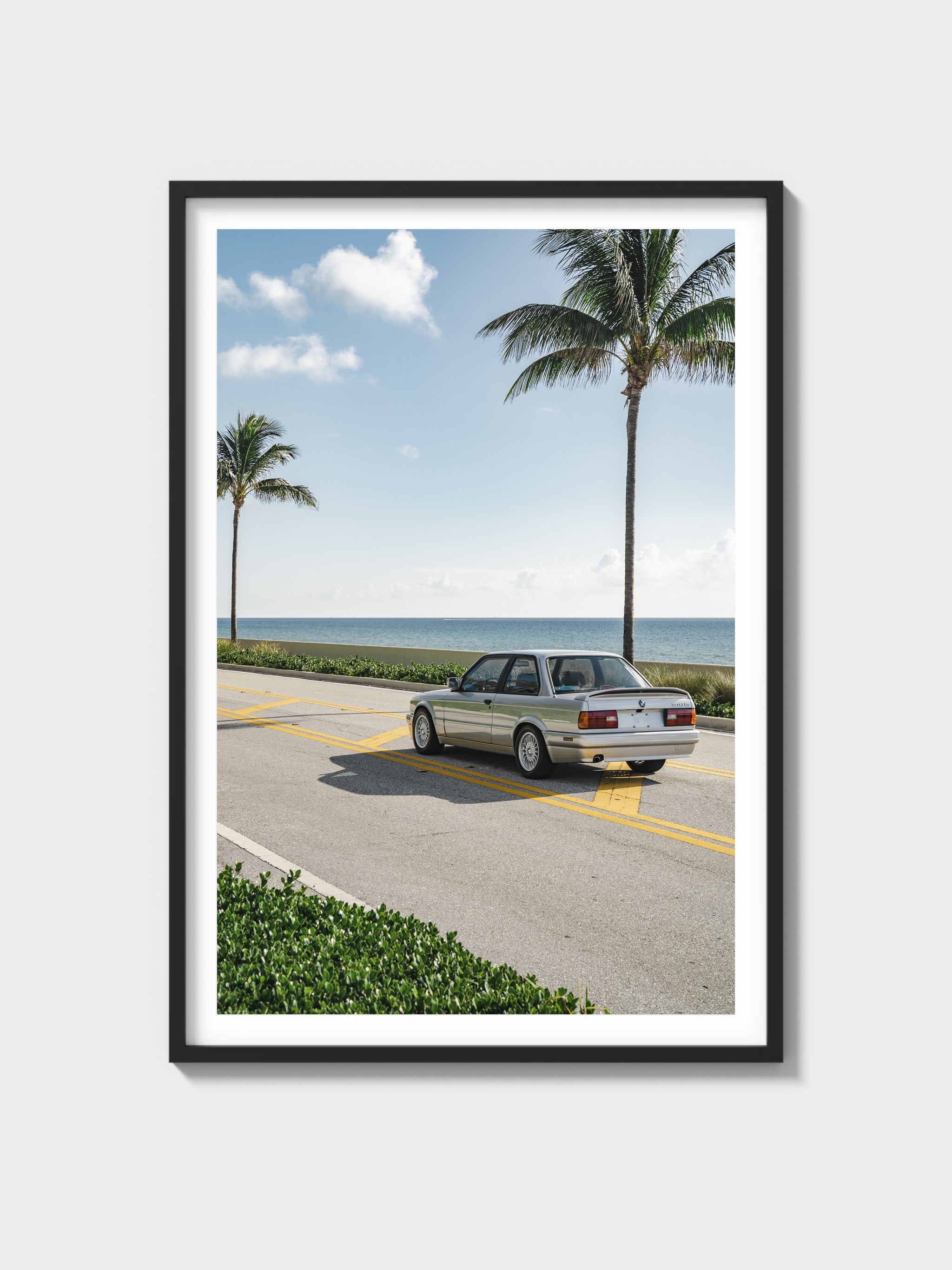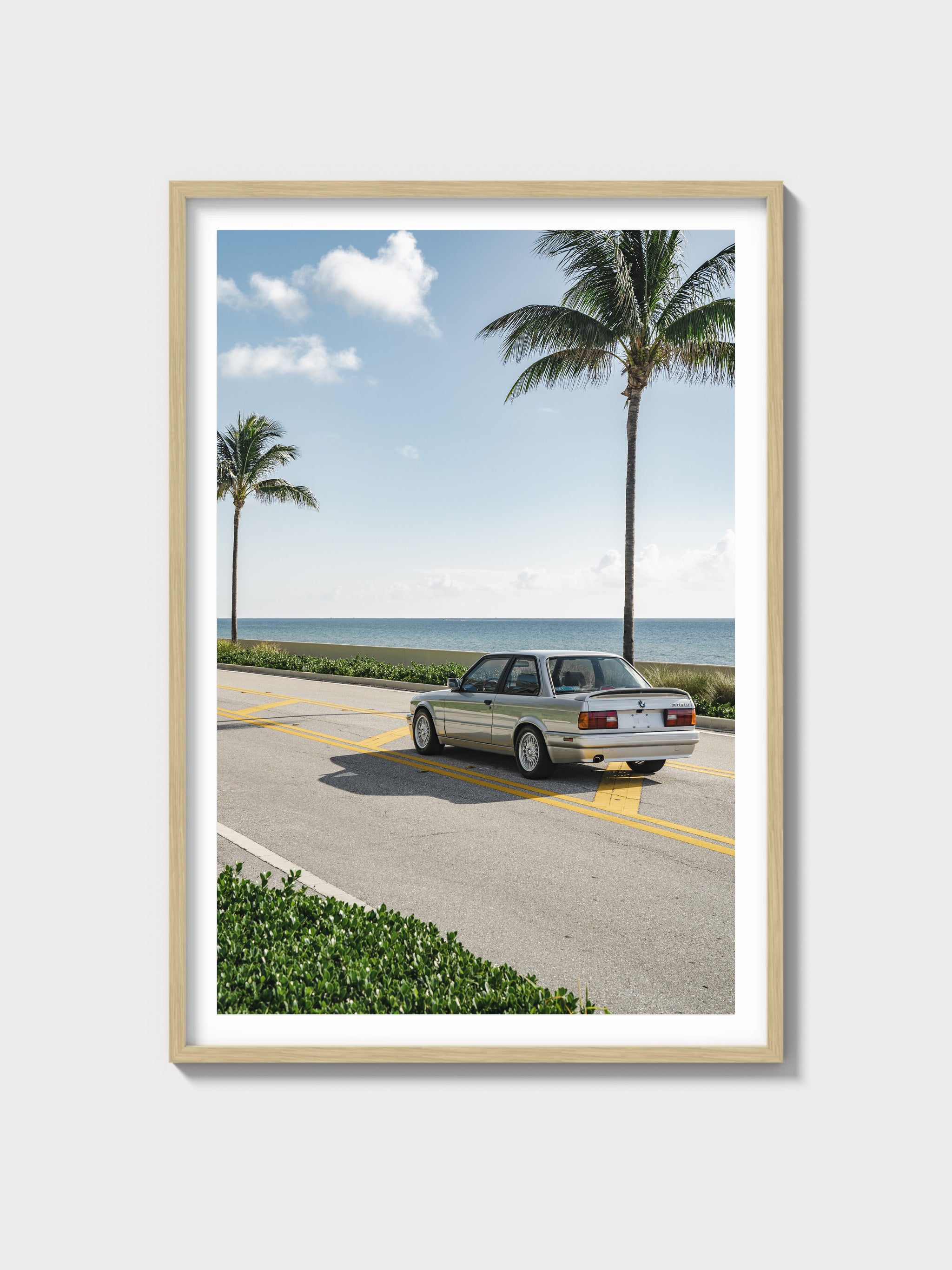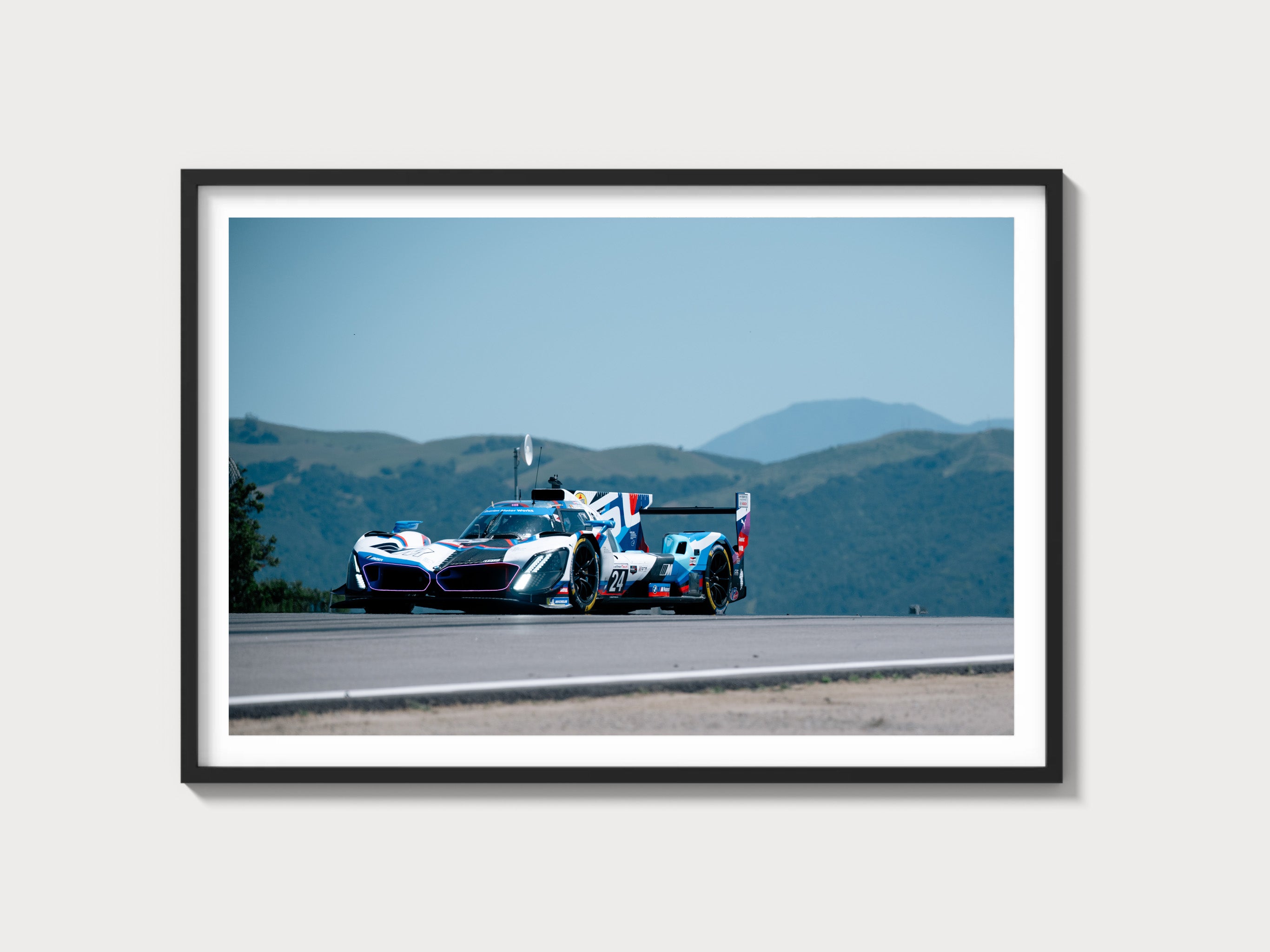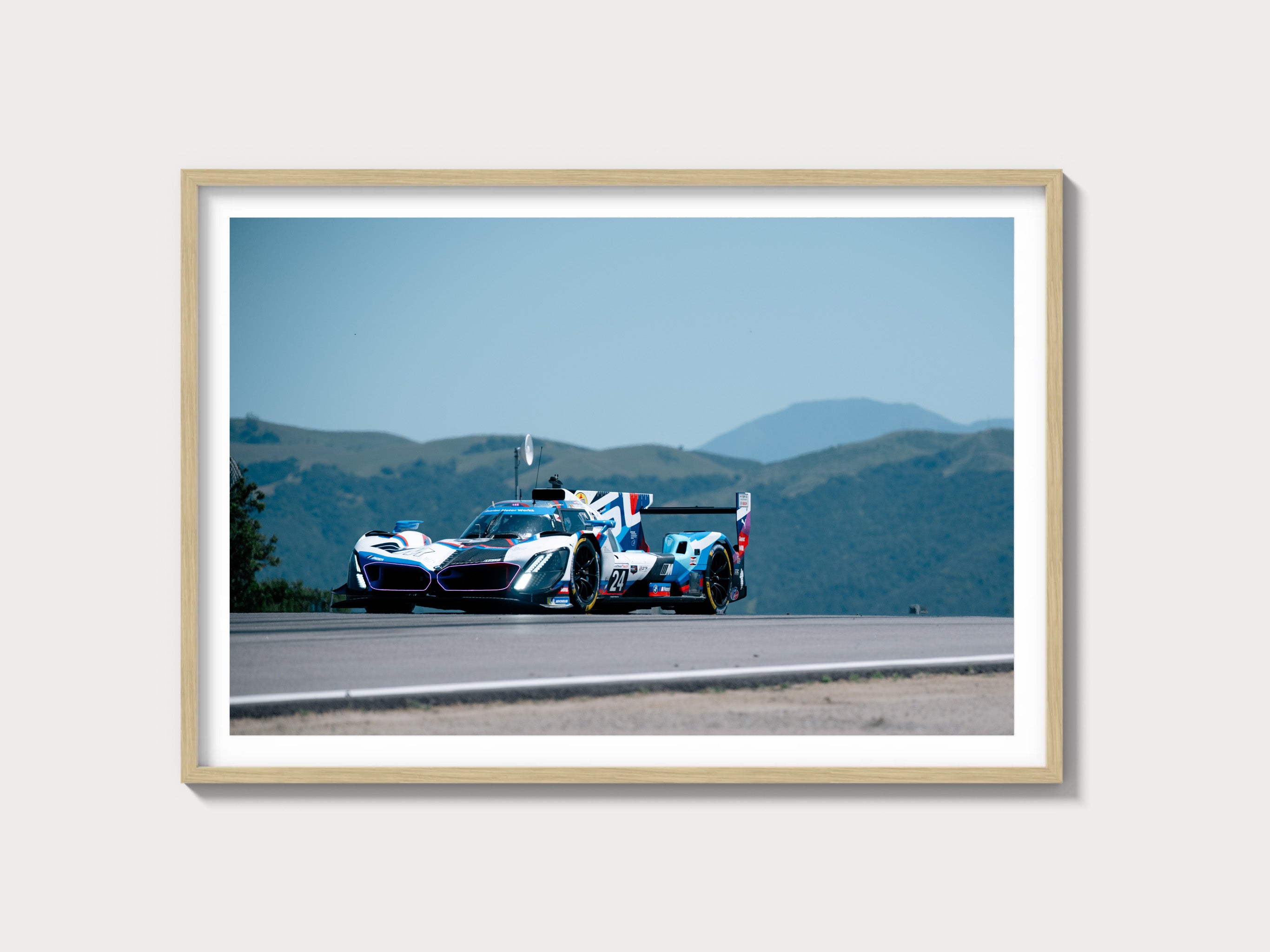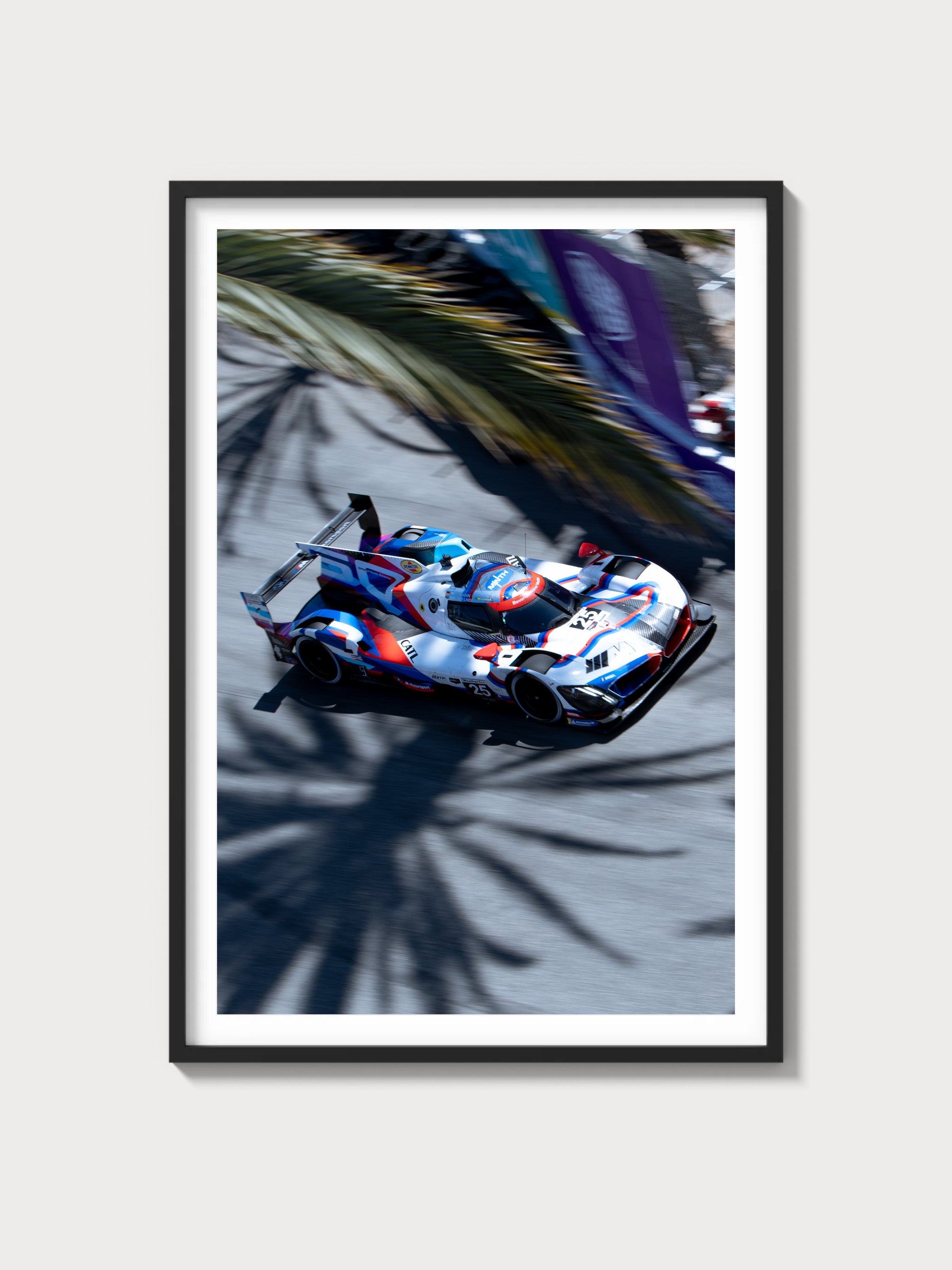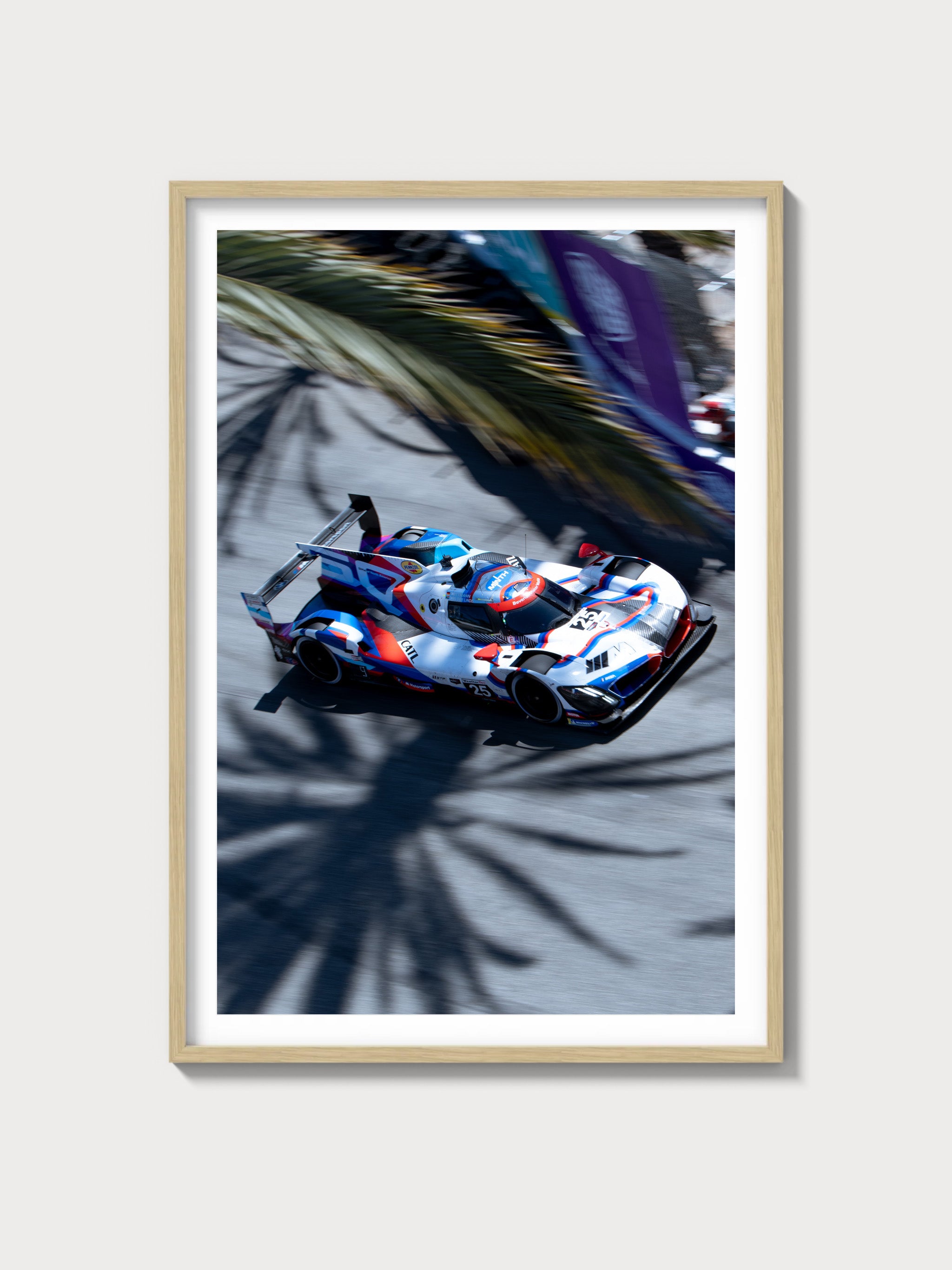The 1979–1986 Mercury Capri Base: A Classic in the First Generation
Historical Context and Development
The Mercury Capri Base, produced from 1979 to 1986, emerged as a key player in the evolving landscape of American compact sports cars. As a part of Ford's Mercury division, the Capri was designed to rival European imports and domestic competitors like the Chevrolet Monza. It was positioned as a more affordable alternative to the Ford Mustang, sharing the same platform while offering a distinctively European flair. This model was crucial in the Mercury lineup, providing a sporty yet accessible option for young drivers and enthusiasts during the late 70s and early 80s.
Engine and Technical Specifications
| Specification | Details |
|---|---|
| Engine Configuration | Inline-4 |
| Displacement | 2.3 L |
| Horsepower | 88-120 hp |
| Induction | Natural Aspiration |
| Redline | 6,200 rpm |
| Fuel System | Carburetor |
| Compression | 8.2:1 |
| Bore/Stroke | 3.78/3.13 inches |
Driving Experience and Handling Dynamics
The Capri Base offered a nimble driving experience, characterized by responsive handling and a well-tuned suspension system. The car's light weight and low center of gravity contributed to its agility on winding roads, while the rack-and-pinion steering provided precise control. The 4-speed manual gearbox allowed for engaging shifts, though an automatic option was available. The naturally aspirated engine delivered adequate power for its class, with a linear throttle response that made it suitable for both urban commuting and spirited driving.
Full Performance Specifications
| Performance Metric | Value |
|---|---|
| 0–60 mph | 11 seconds |
| Top Speed | 112 mph |
| Quarter-Mile | 17.8 seconds |
| Weight | 2700 lbs |
| Layout | FR (Front-engine, Rear-wheel-drive) |
| Brakes | Disc/Drum |
| Suspension | MacPherson Strut (Front), Trailing Arm (Rear) |
| Gearbox Type | 4-speed Manual |
Variant Breakdown
- Capri Base: Standard model with 2.3L engine, available in various colors.
- Capri RS: Sportier trim with performance enhancements, limited production.
- Capri Turbo RS: Featured a turbocharged engine, unique decals, and improved suspension.
Ownership Notes
Maintaining a Capri Base requires attention to its aging mechanical components. Parts availability is moderate, with several aftermarket suppliers supporting enthusiasts. Restoration can be challenging due to the scarcity of original parts, particularly for higher-spec variants. Regular service intervals are recommended to ensure reliability, focusing on the engine, suspension, and electrical systems.
Cultural Relevance and Collectibility
While the Mercury Capri Base did not achieve significant fame in media, it remains a beloved choice among collectors for its classic styling and driving pleasure. Auction prices for well-preserved examples have seen a gradual increase, reflecting its growing desirability. The Capri's racing legacy, though modest, includes participation in regional motorsport events, adding to its historical allure.
Frequently Asked Questions
- Is the Mercury Capri Base reliable? Generally reliable with proper maintenance, though prone to electrical issues typical of the era.
- What are the common problems with the Capri Base? Electrical gremlins, carburetor issues, and suspension wear are common.
- How does the Capri Base compare in value trends? Values are steadily rising, particularly for well-maintained and rare variants.
- What engine options were available? Primarily the 2.3L inline-4, with turbocharged options in specific trims.

